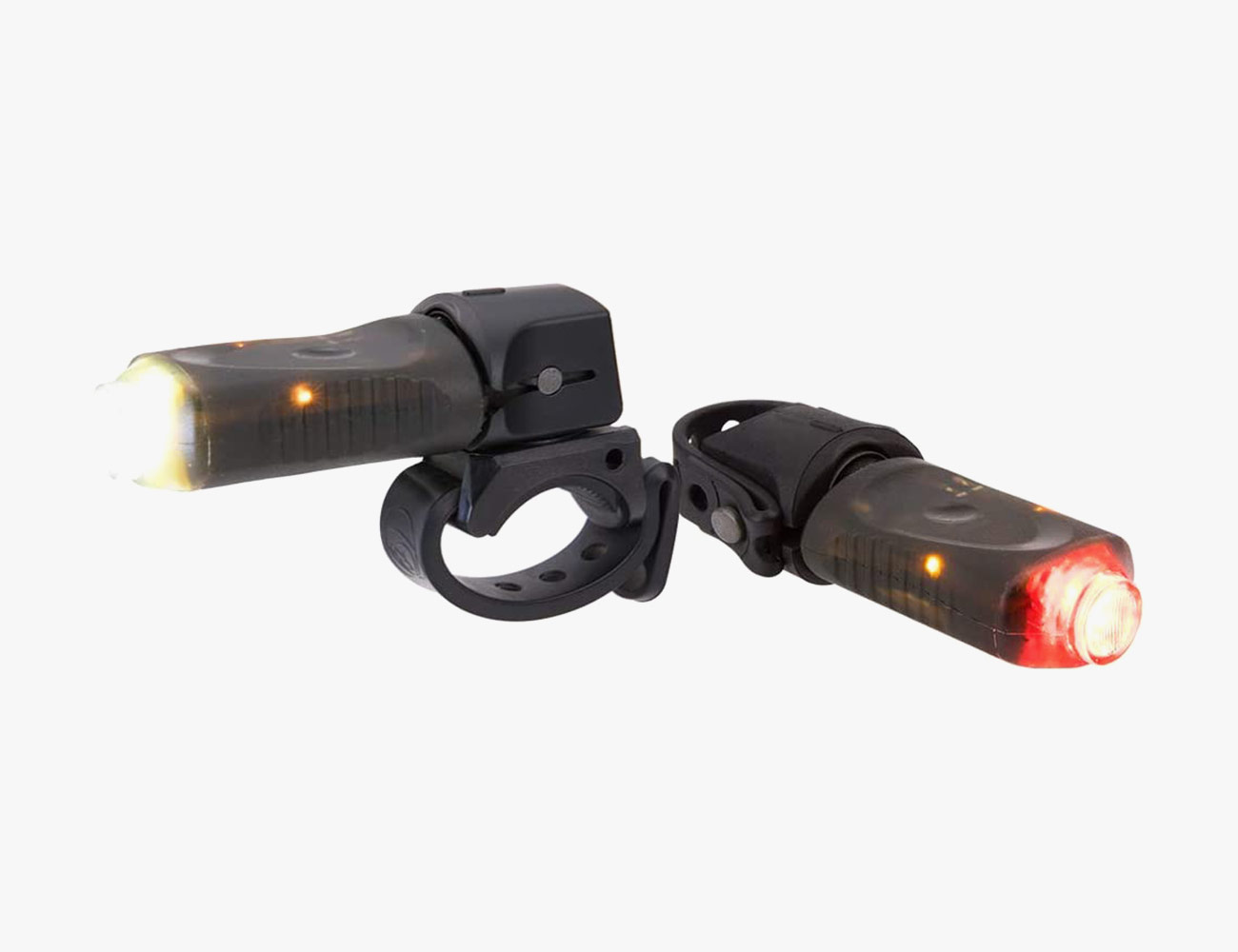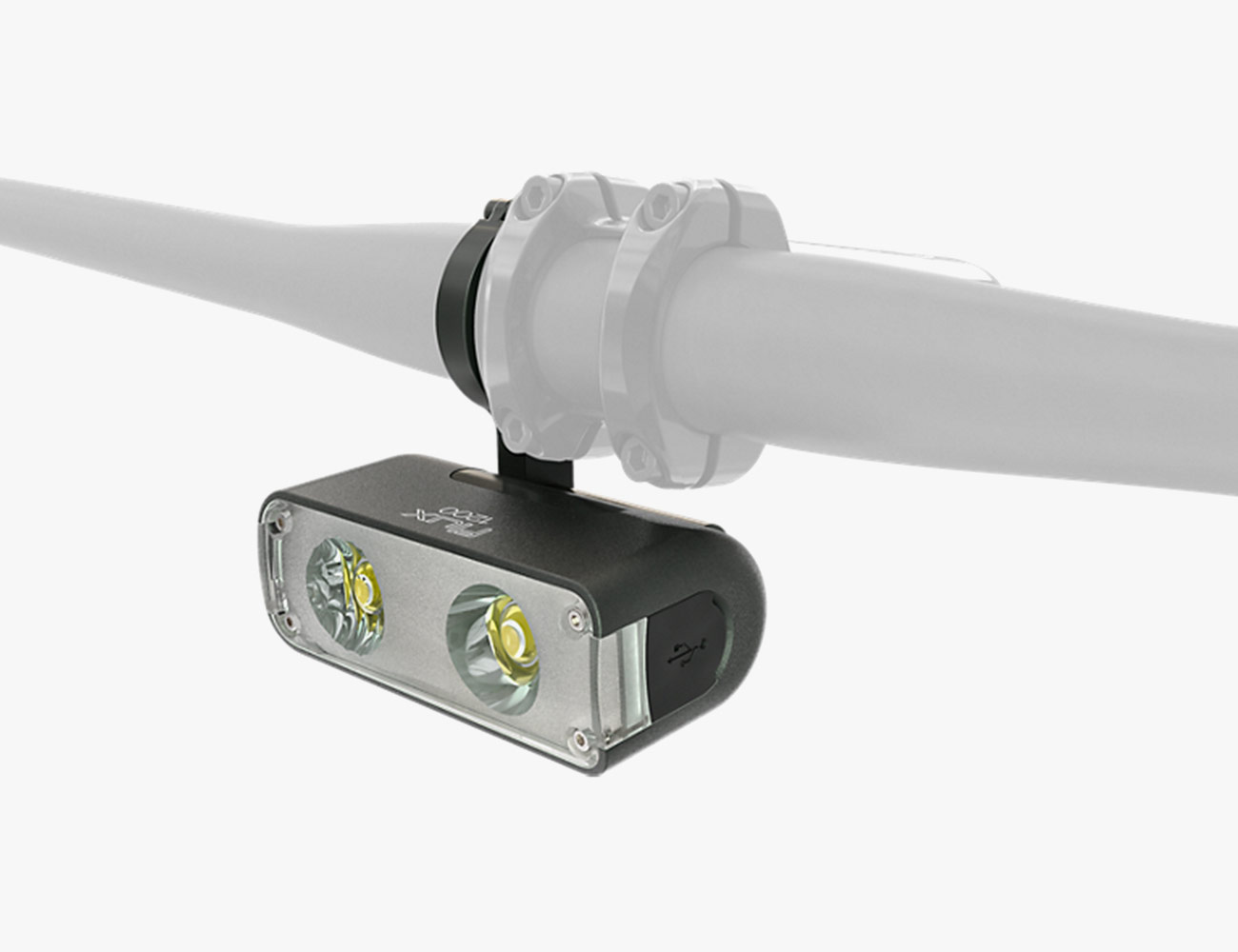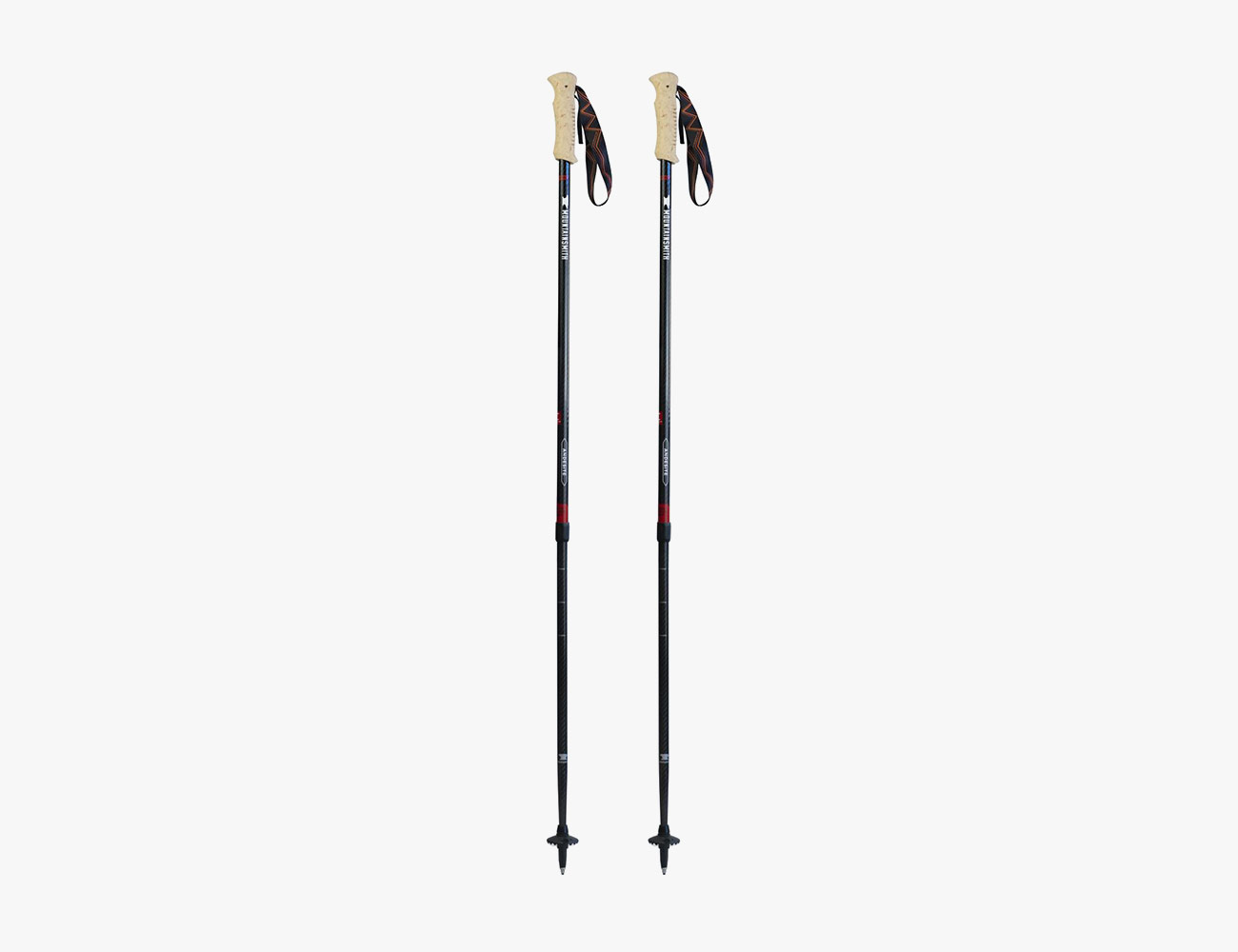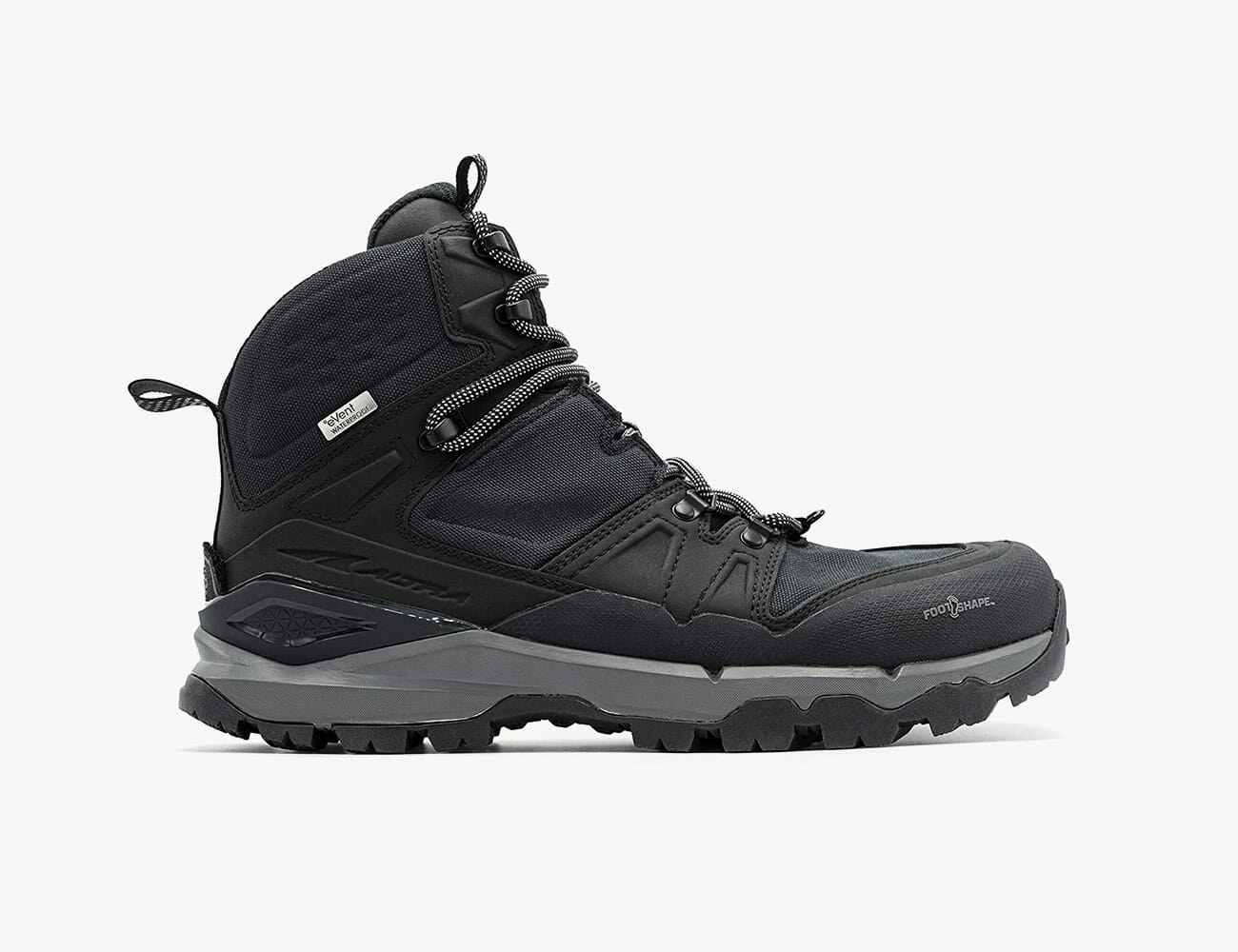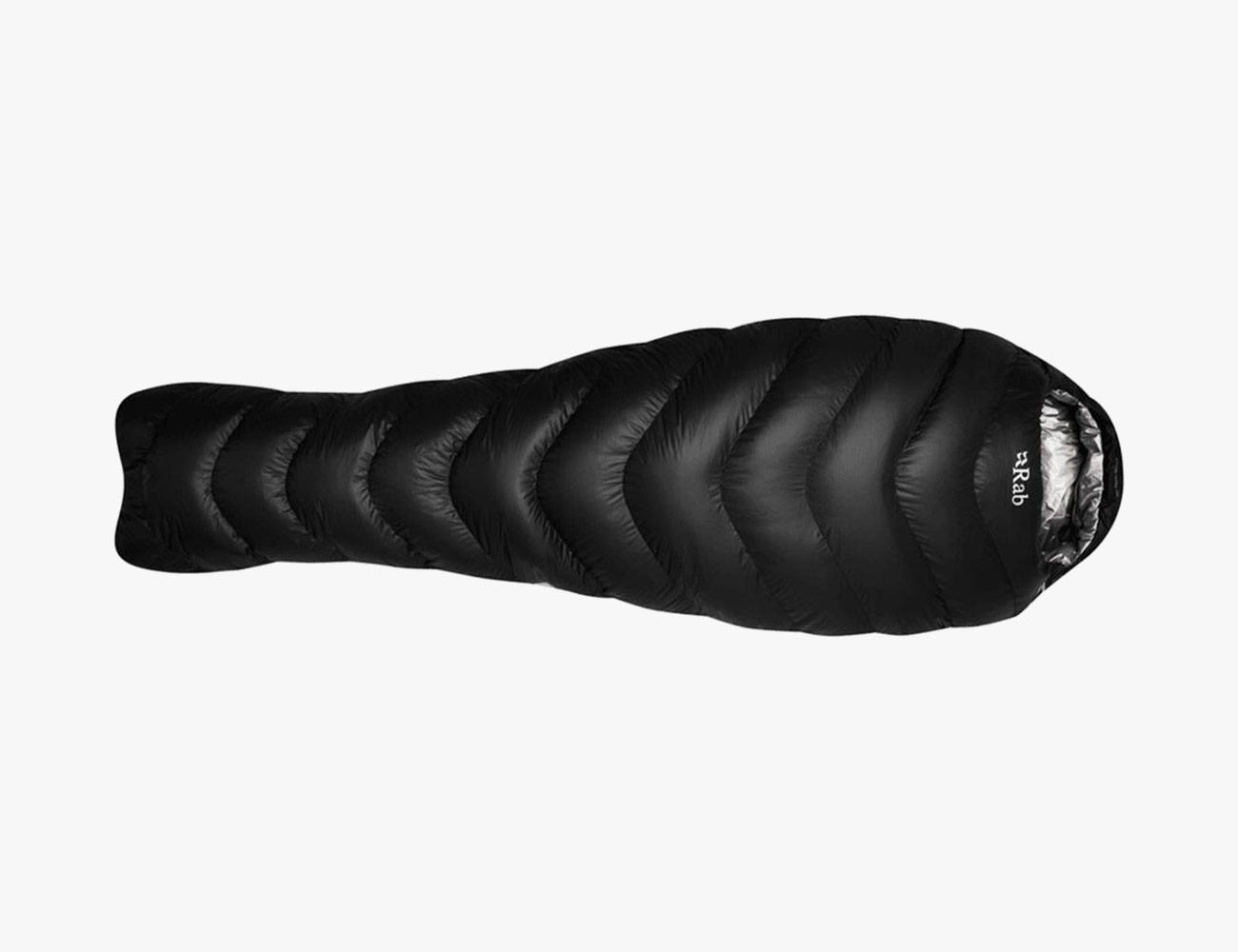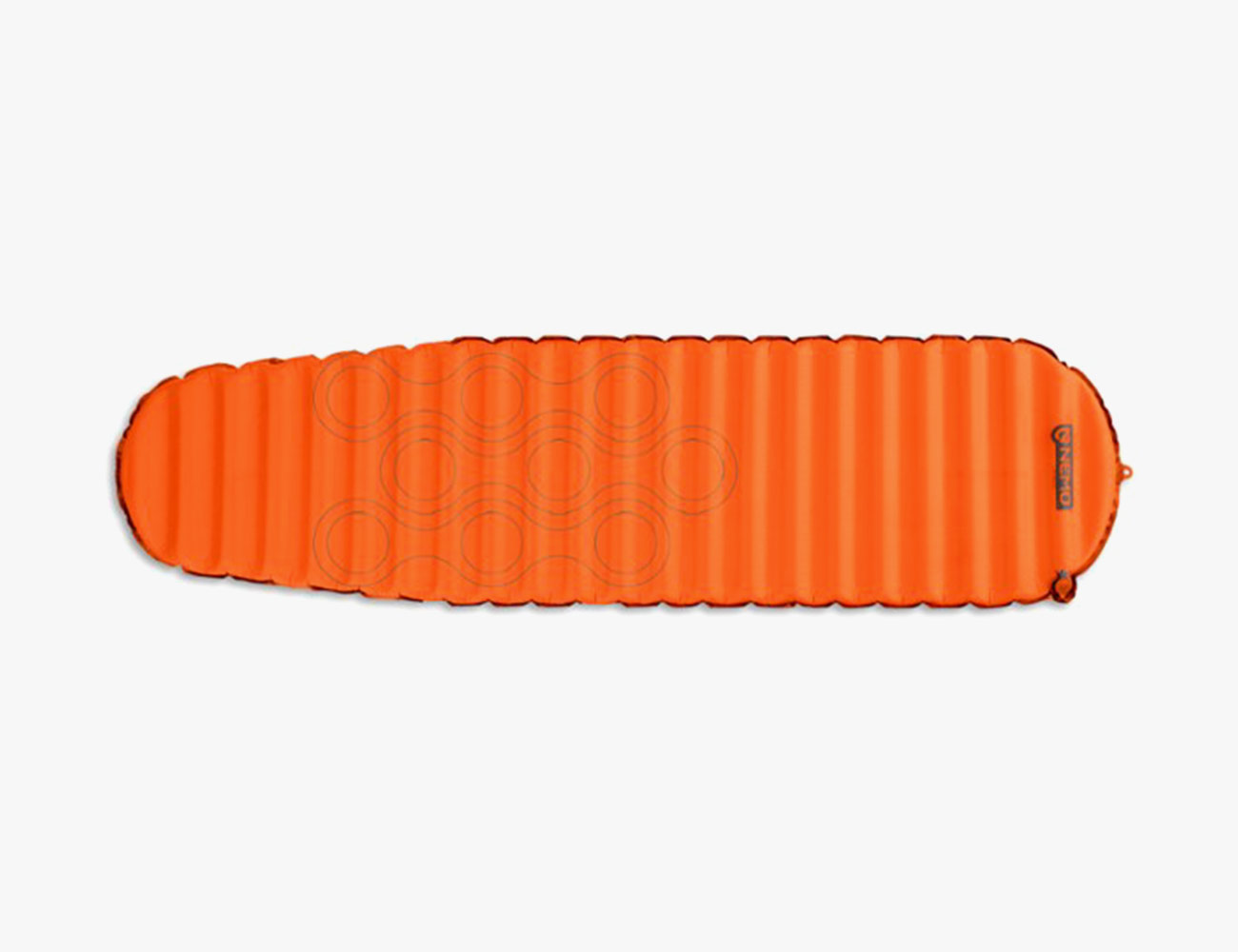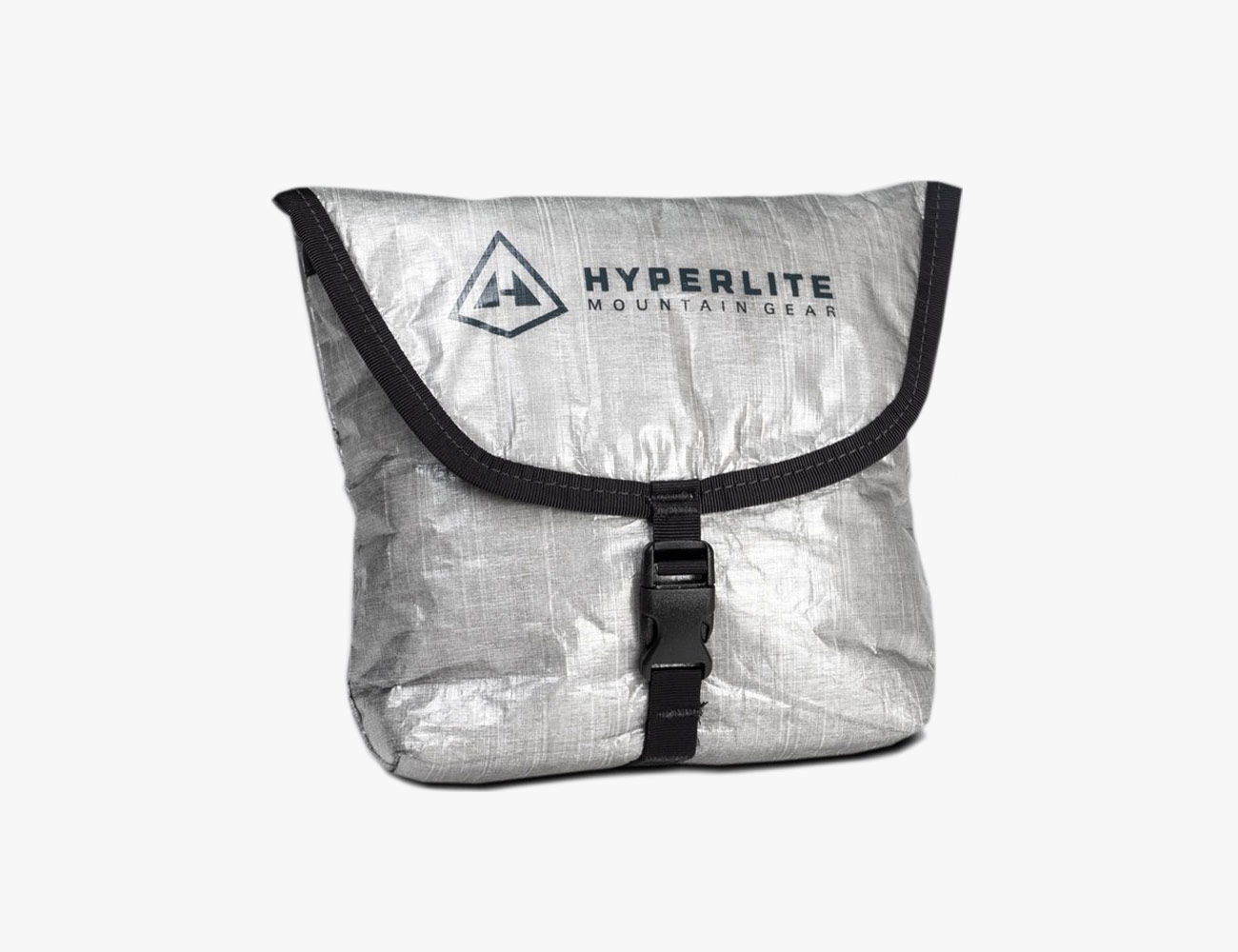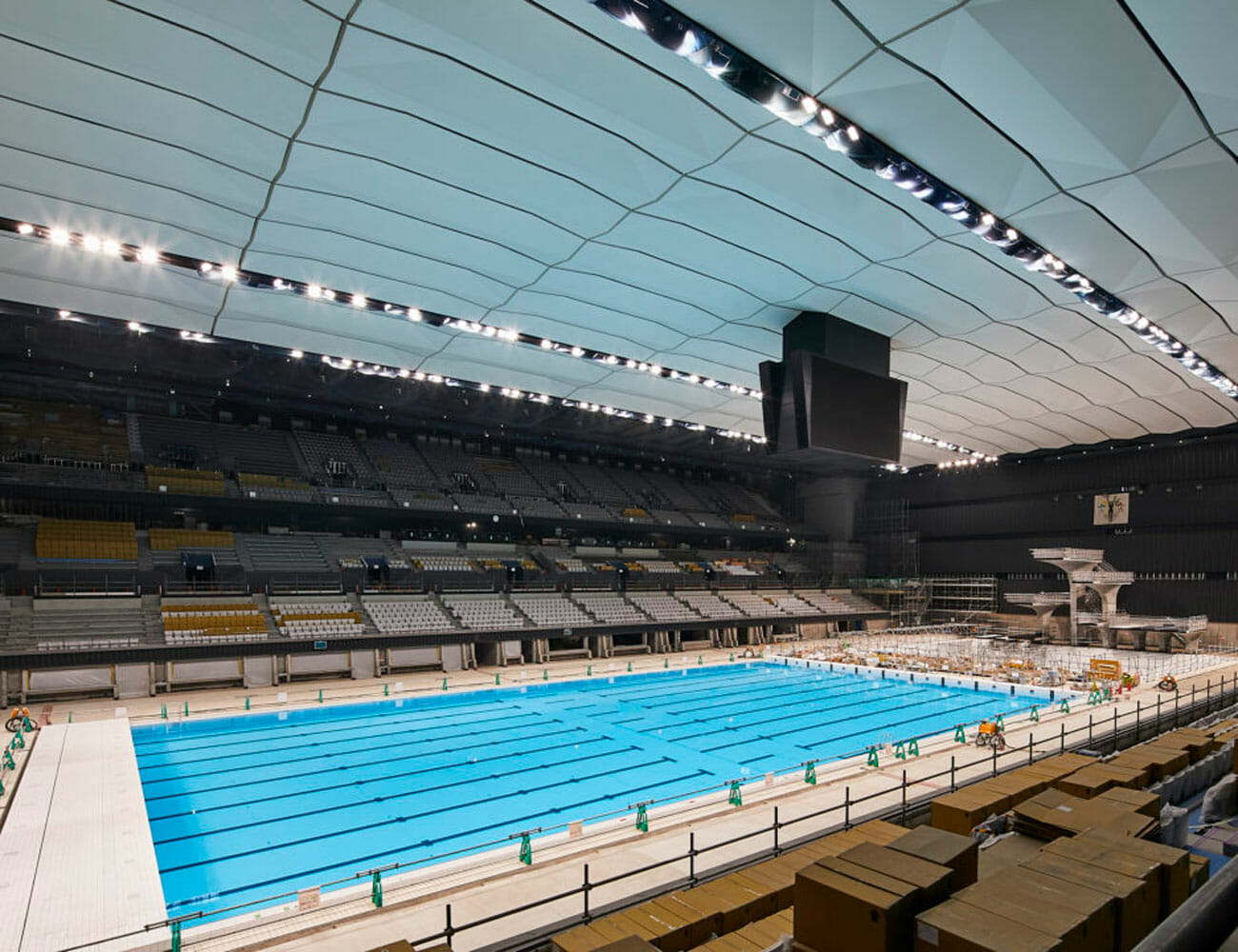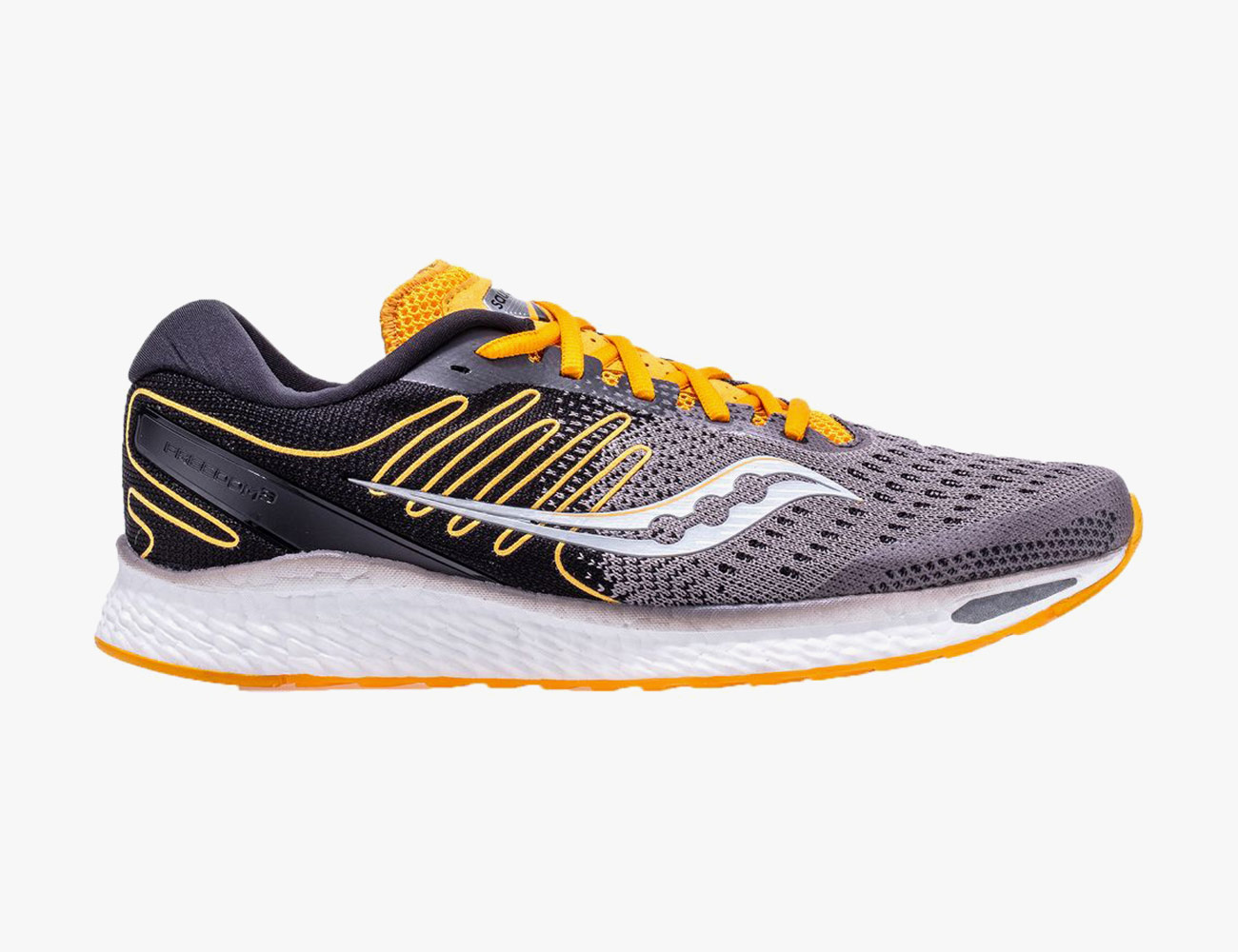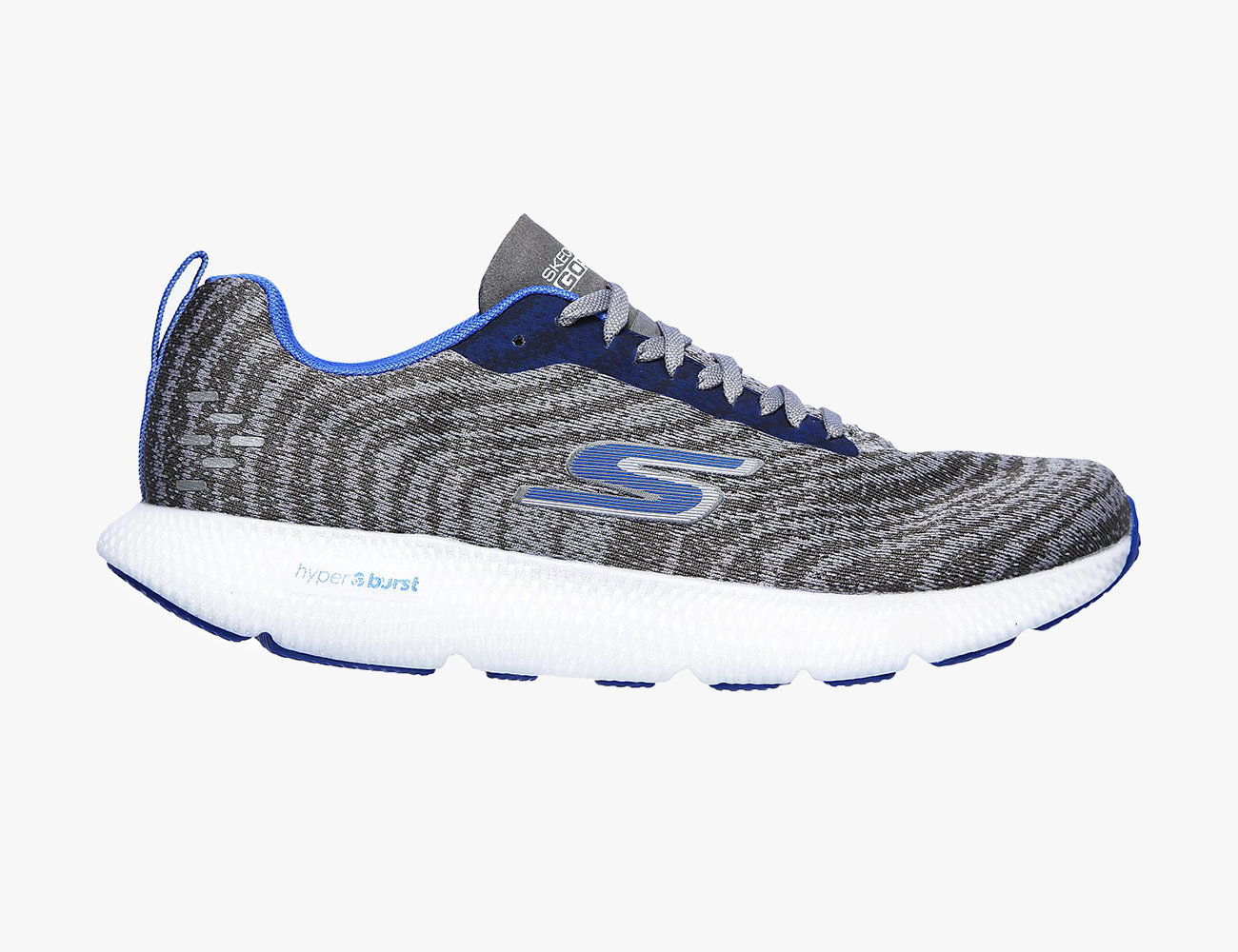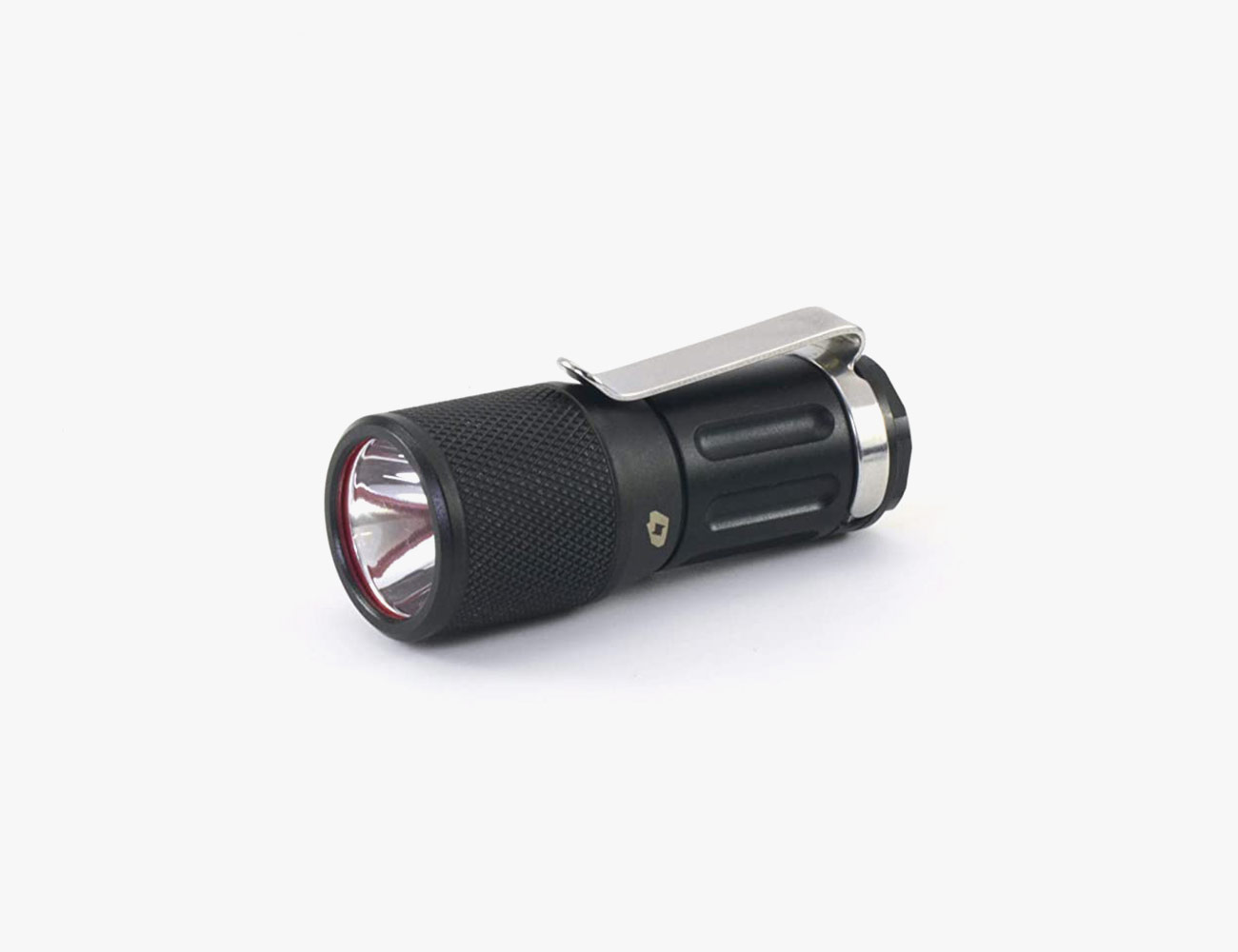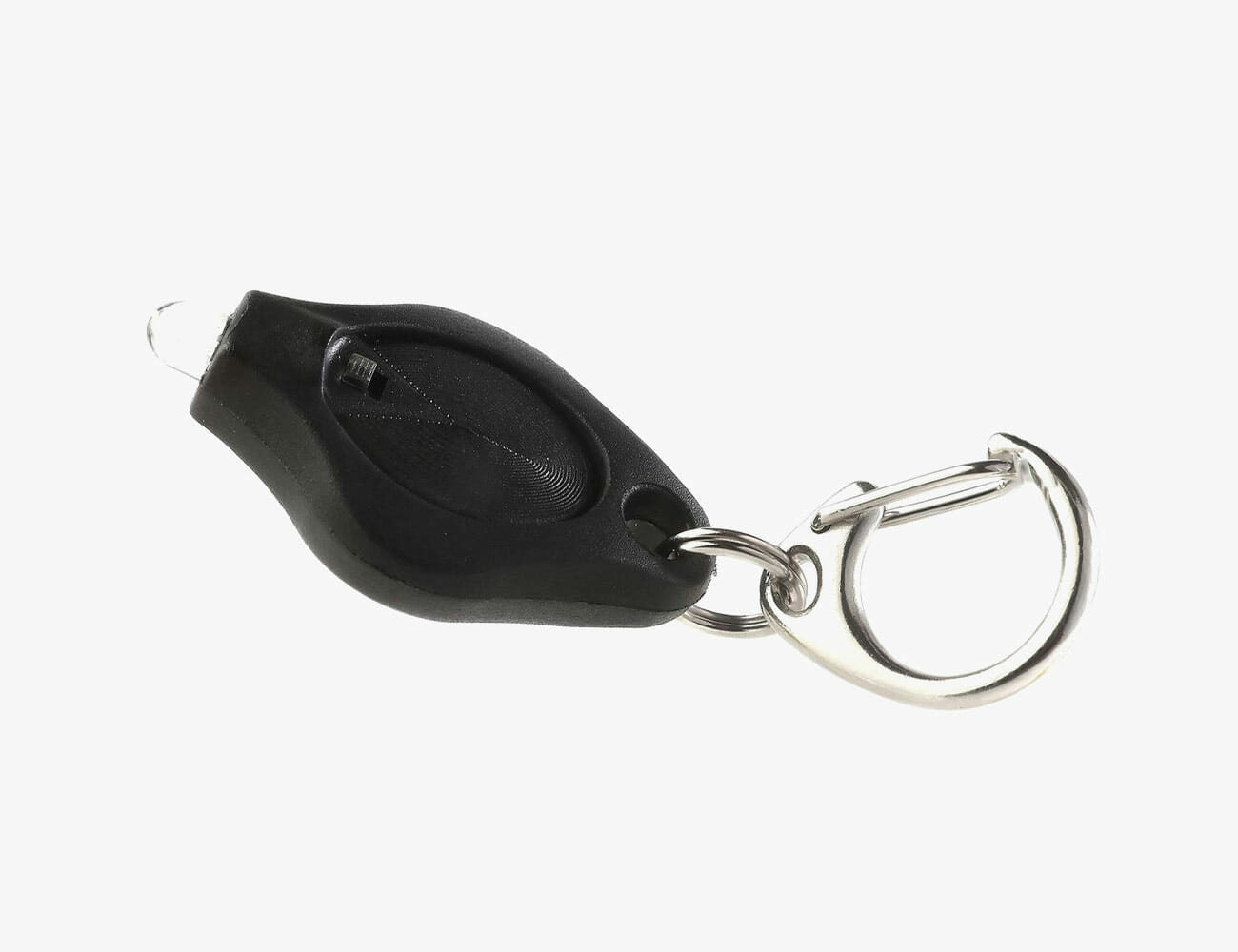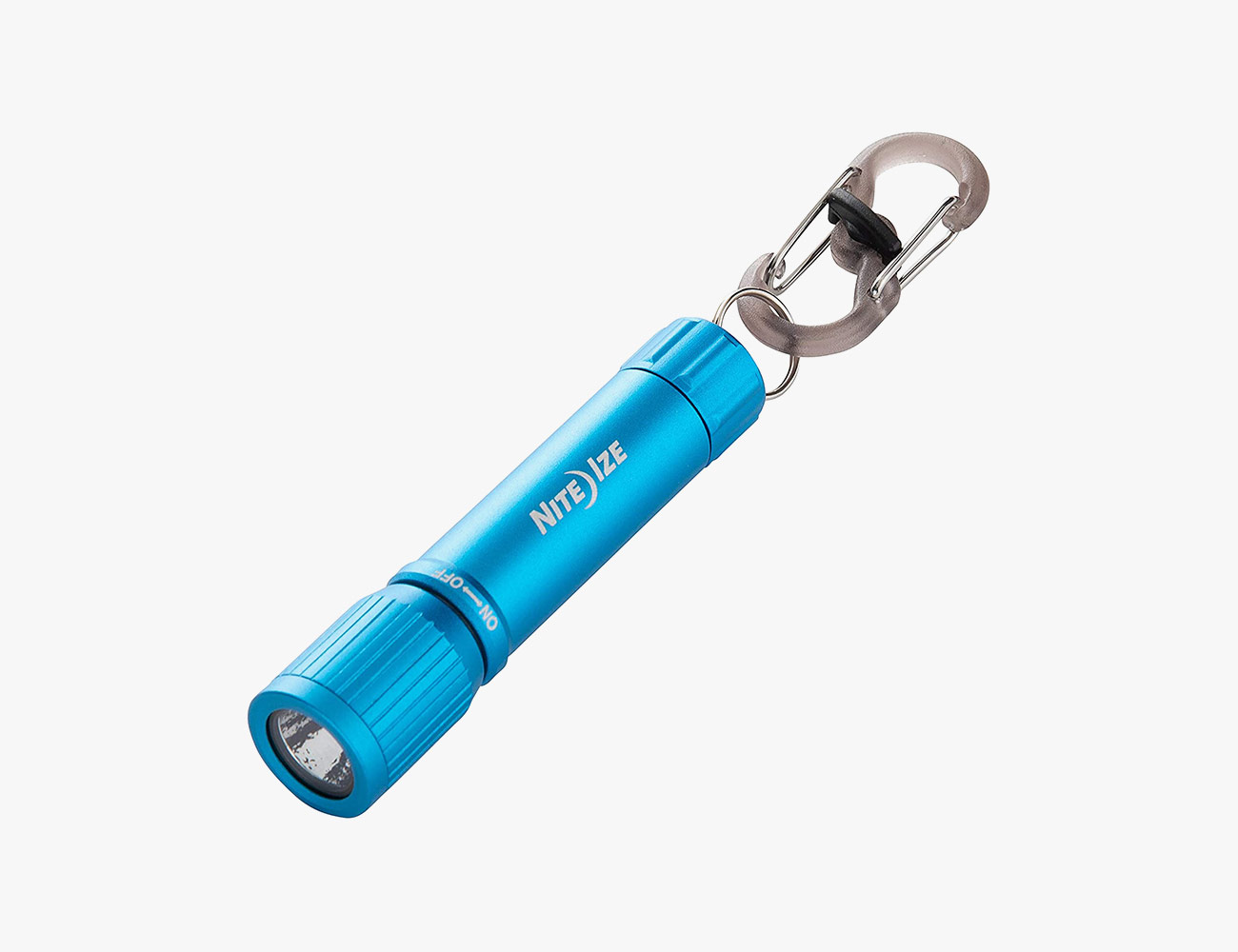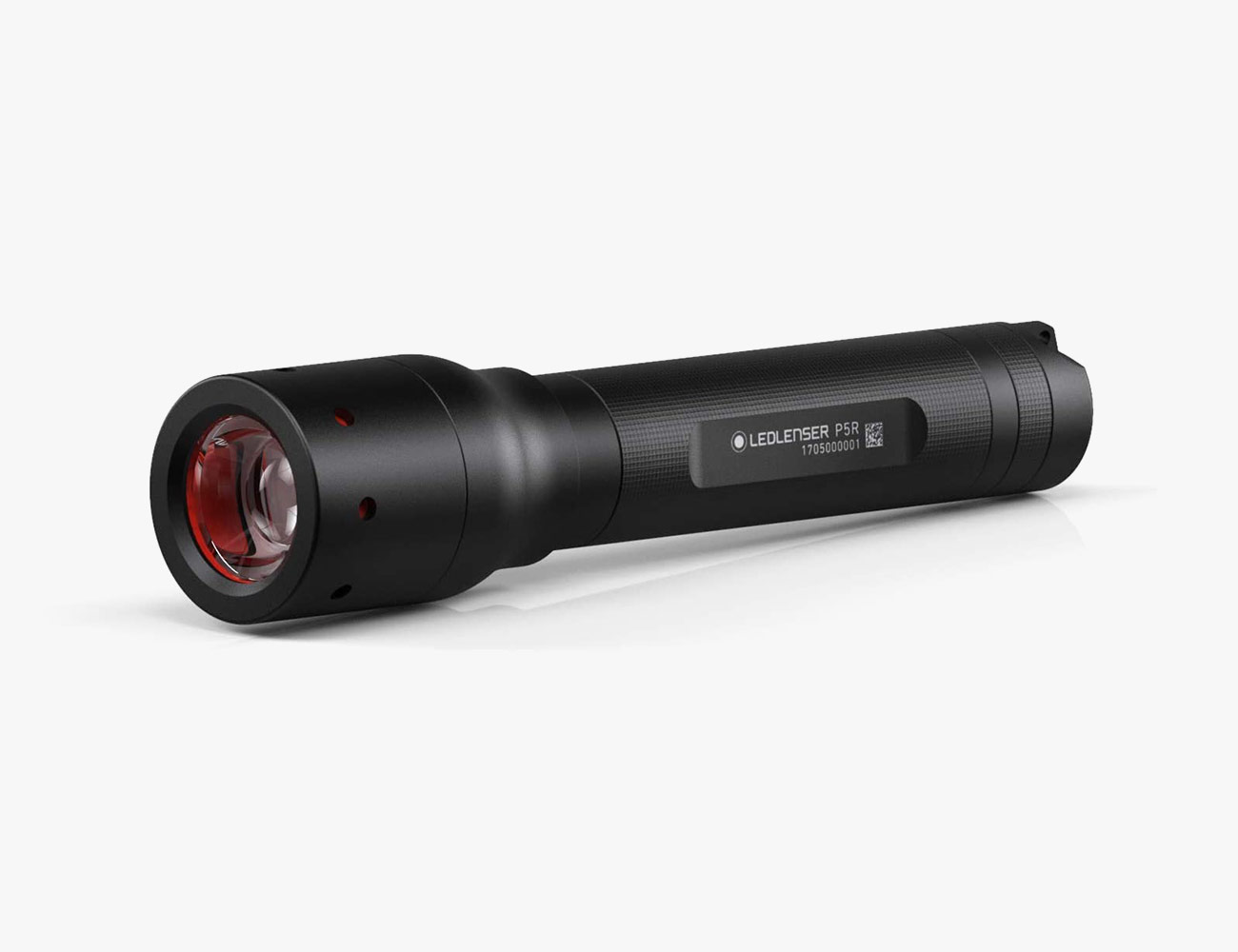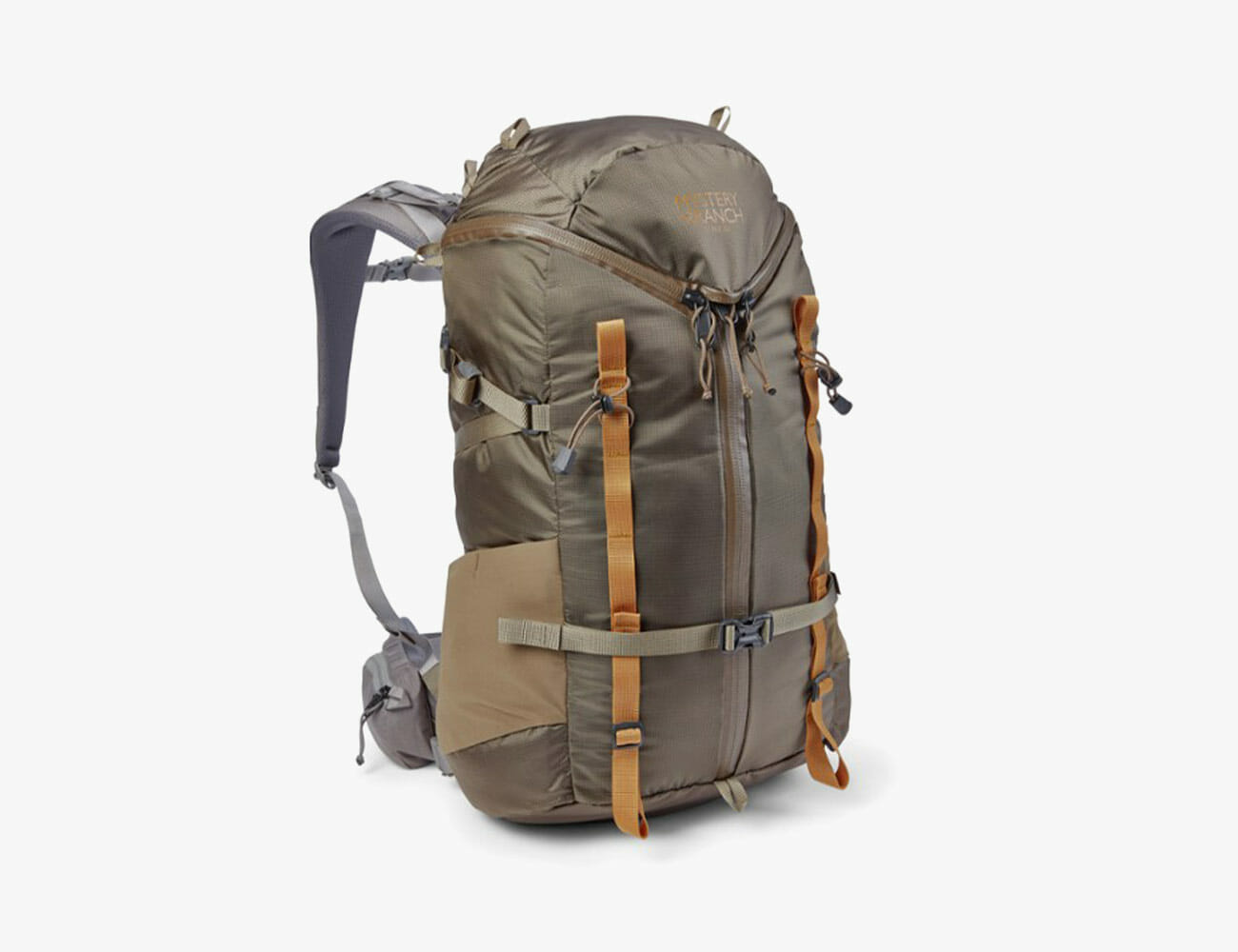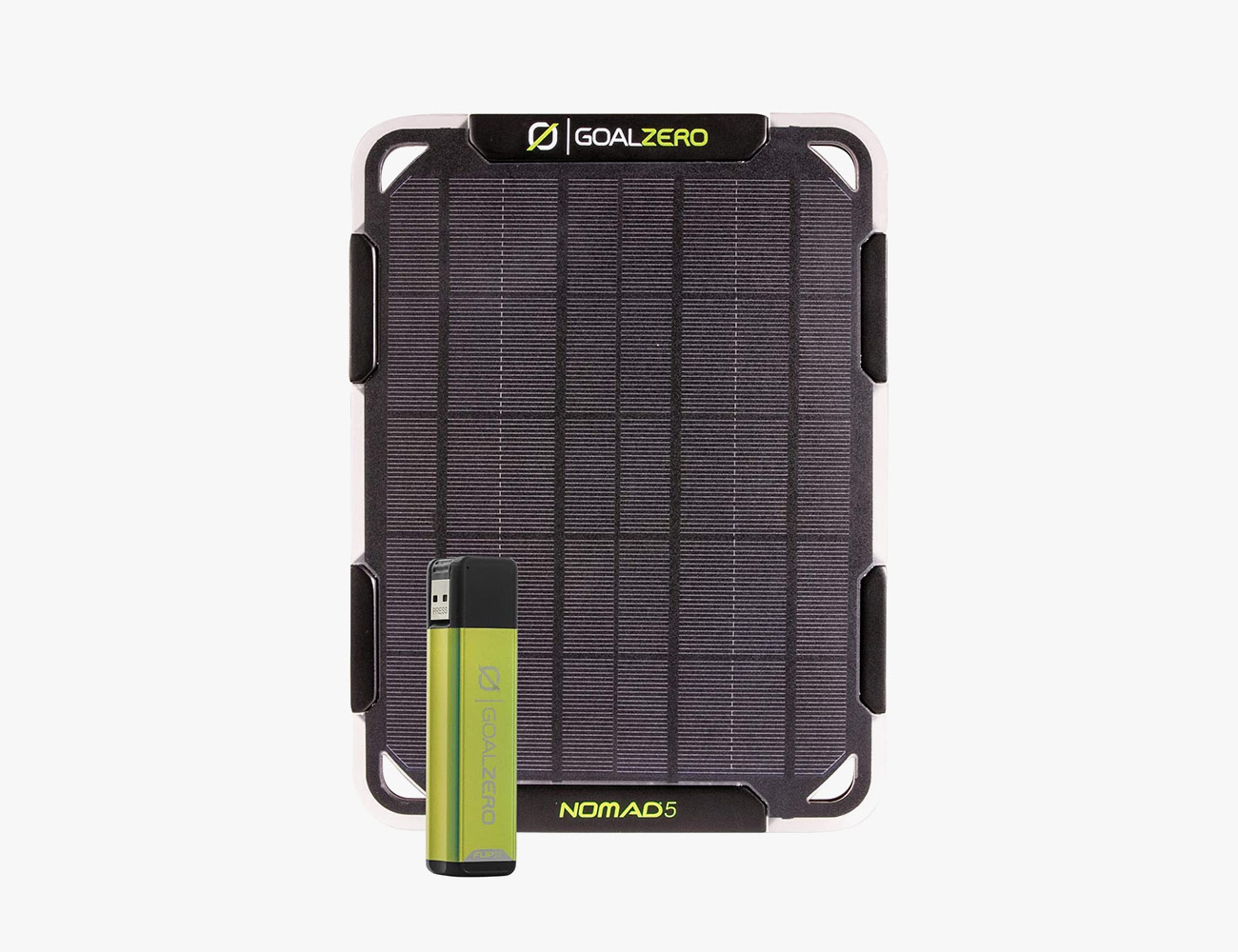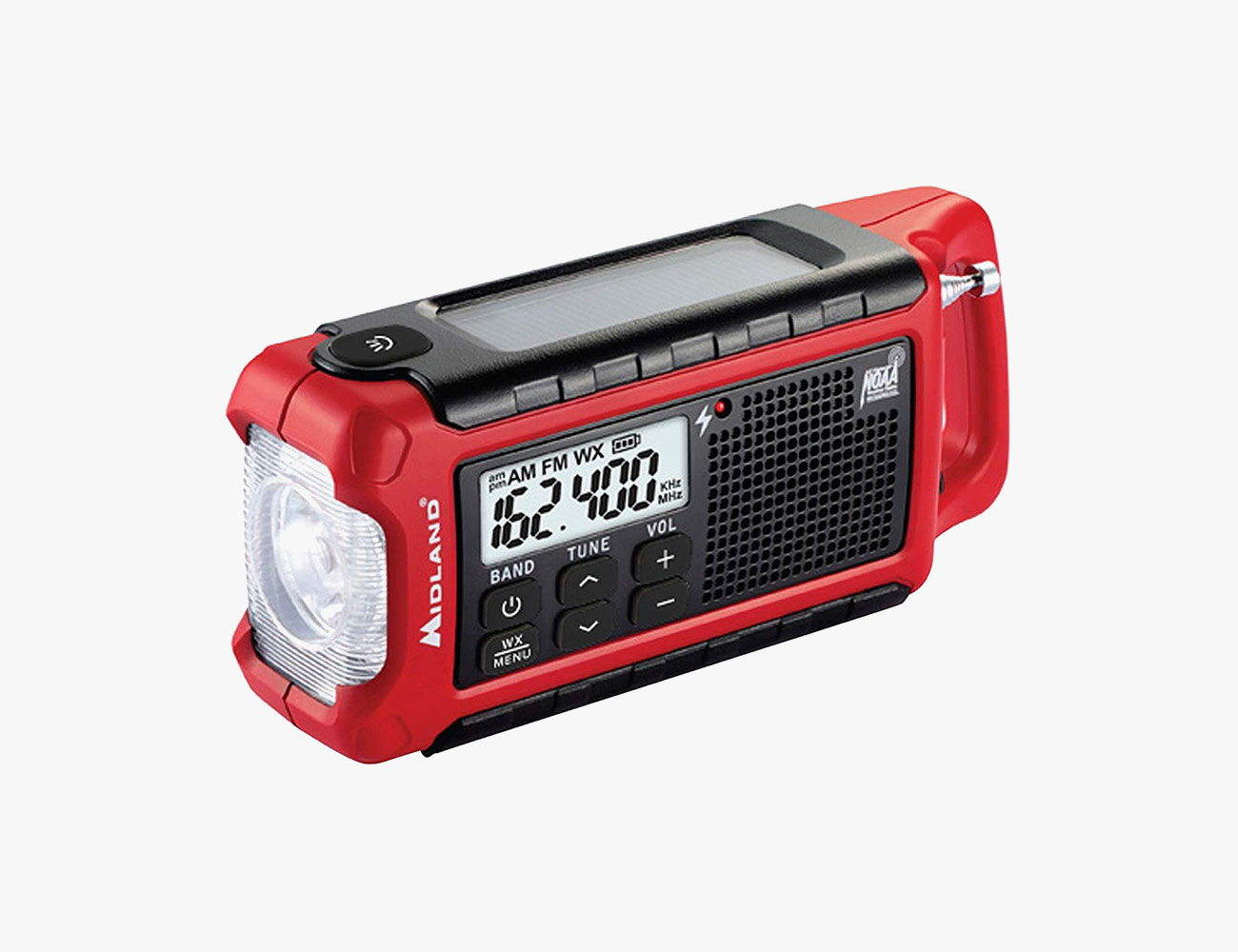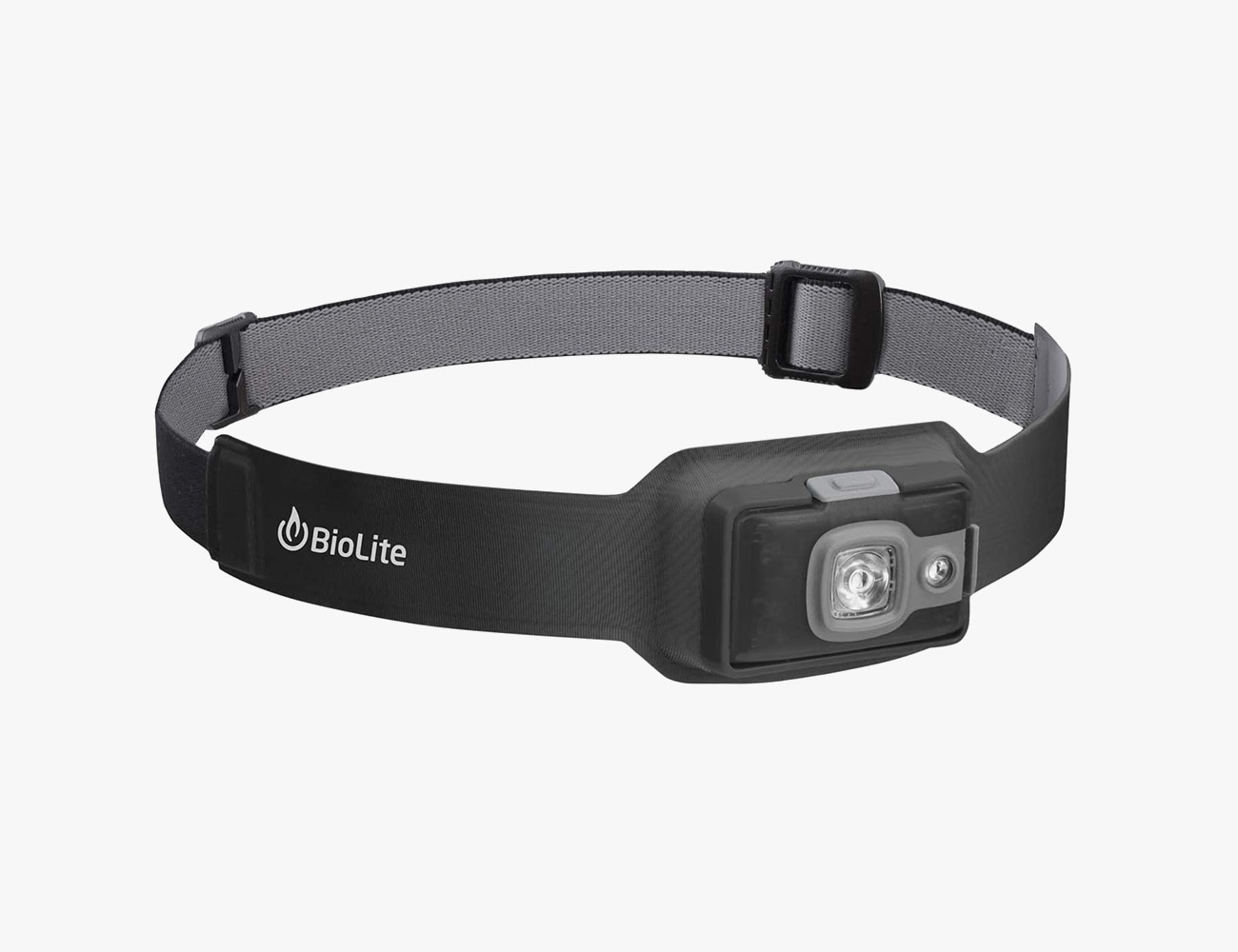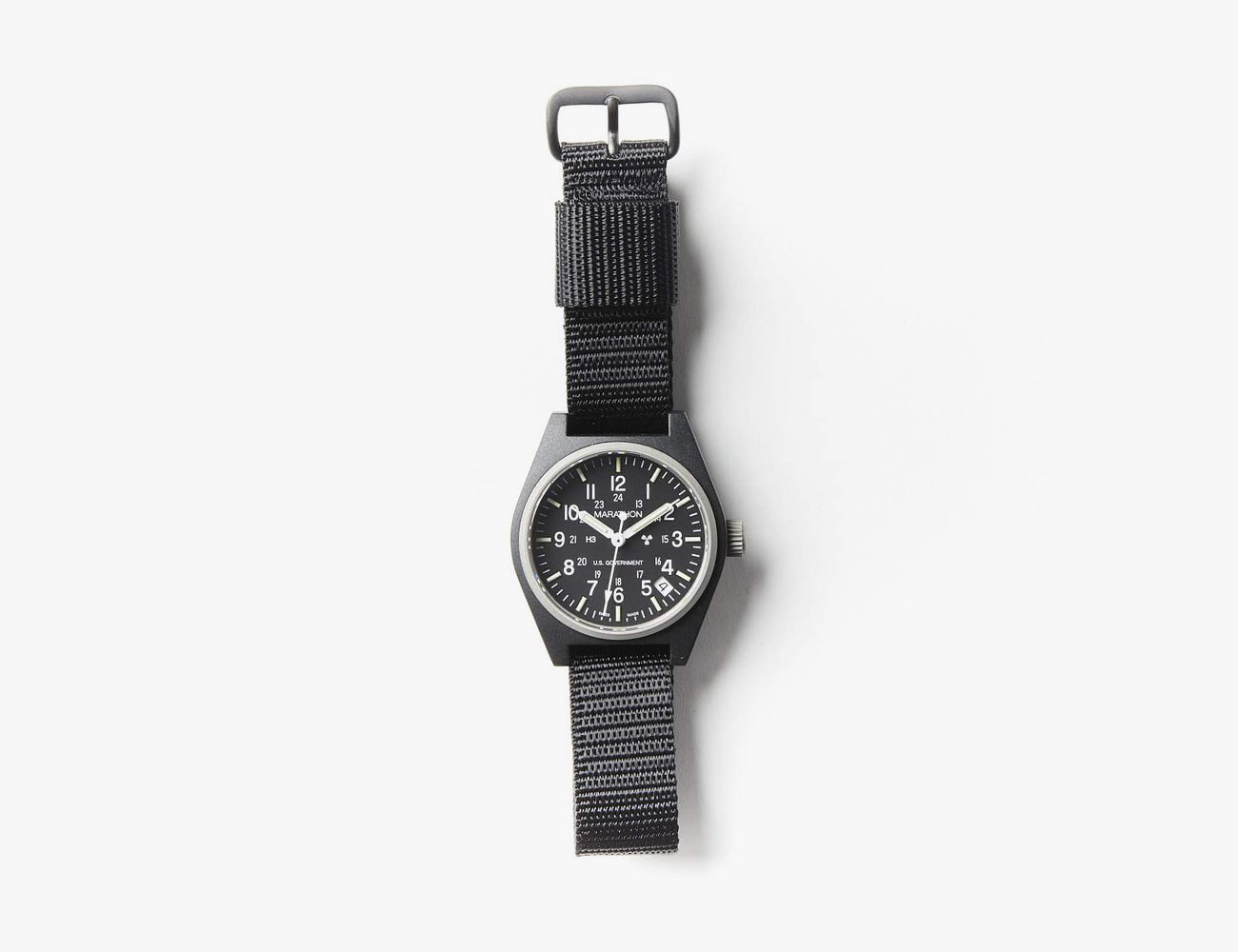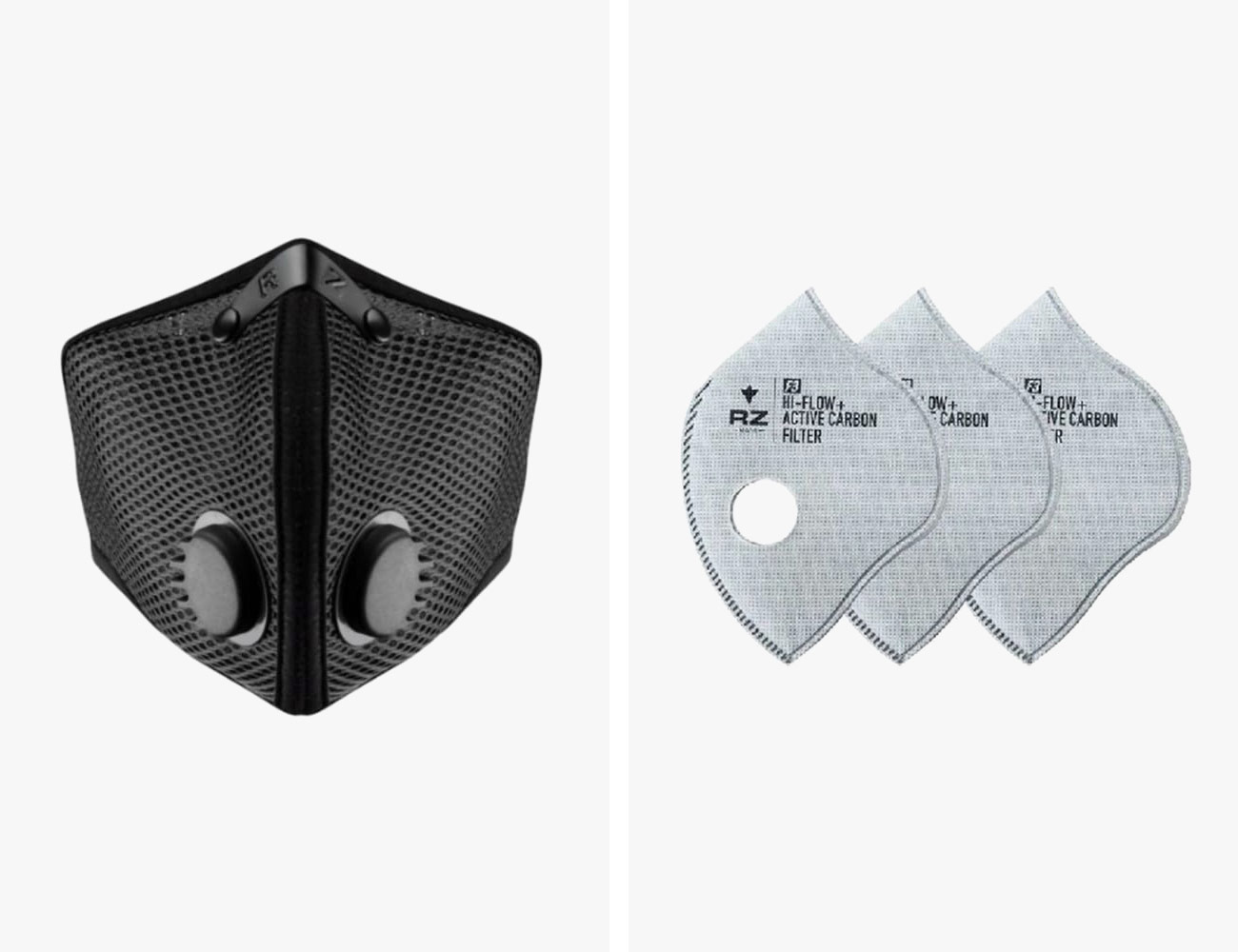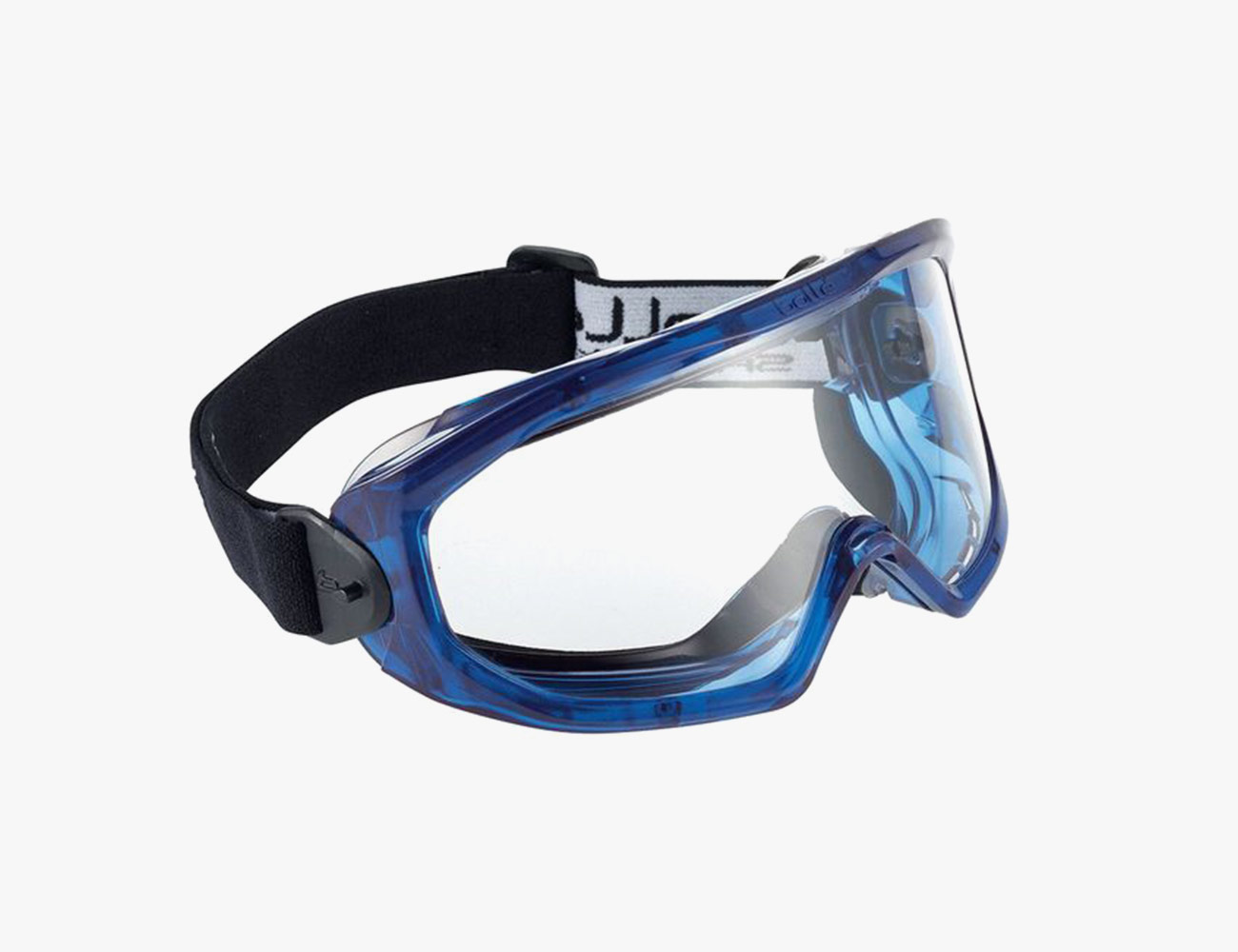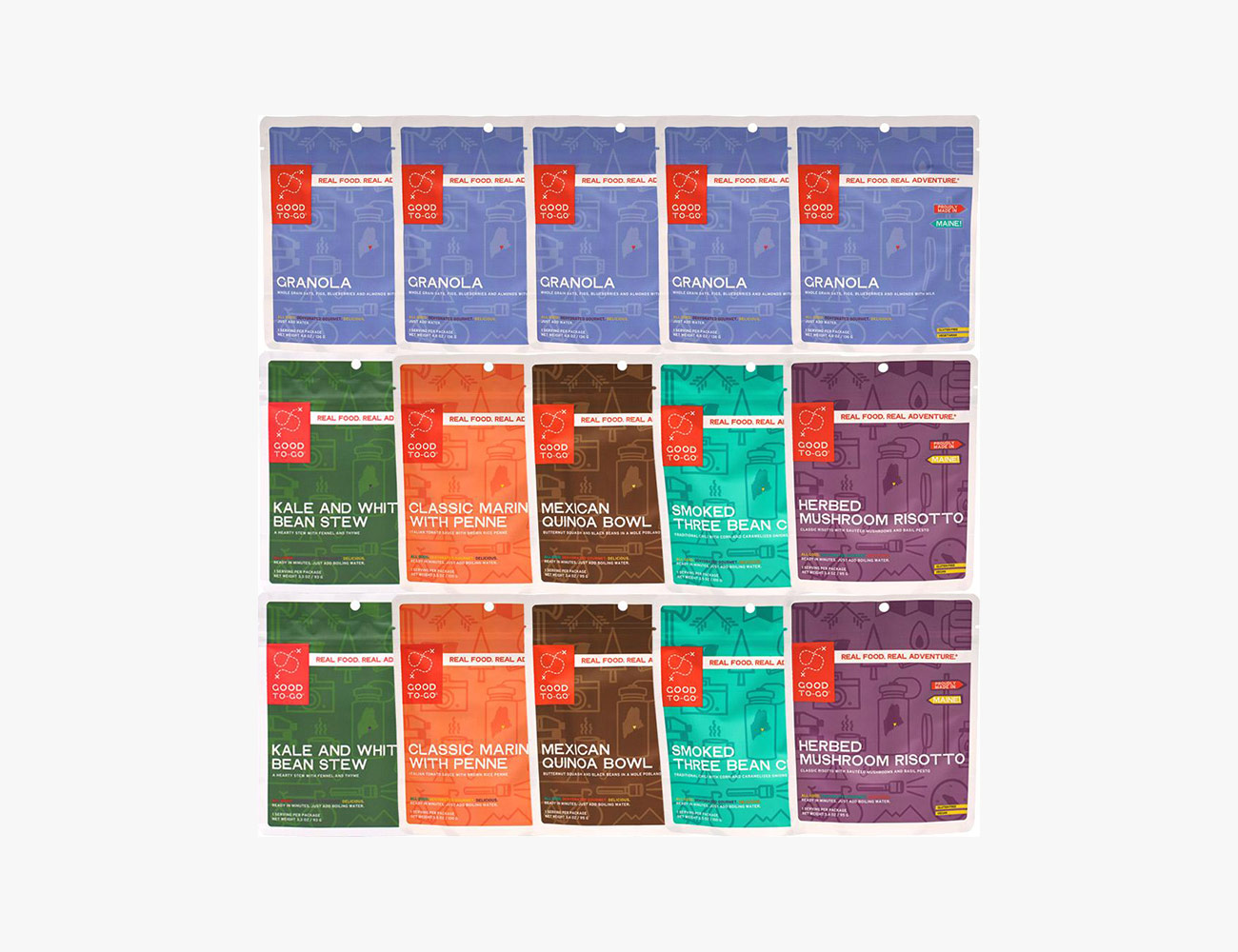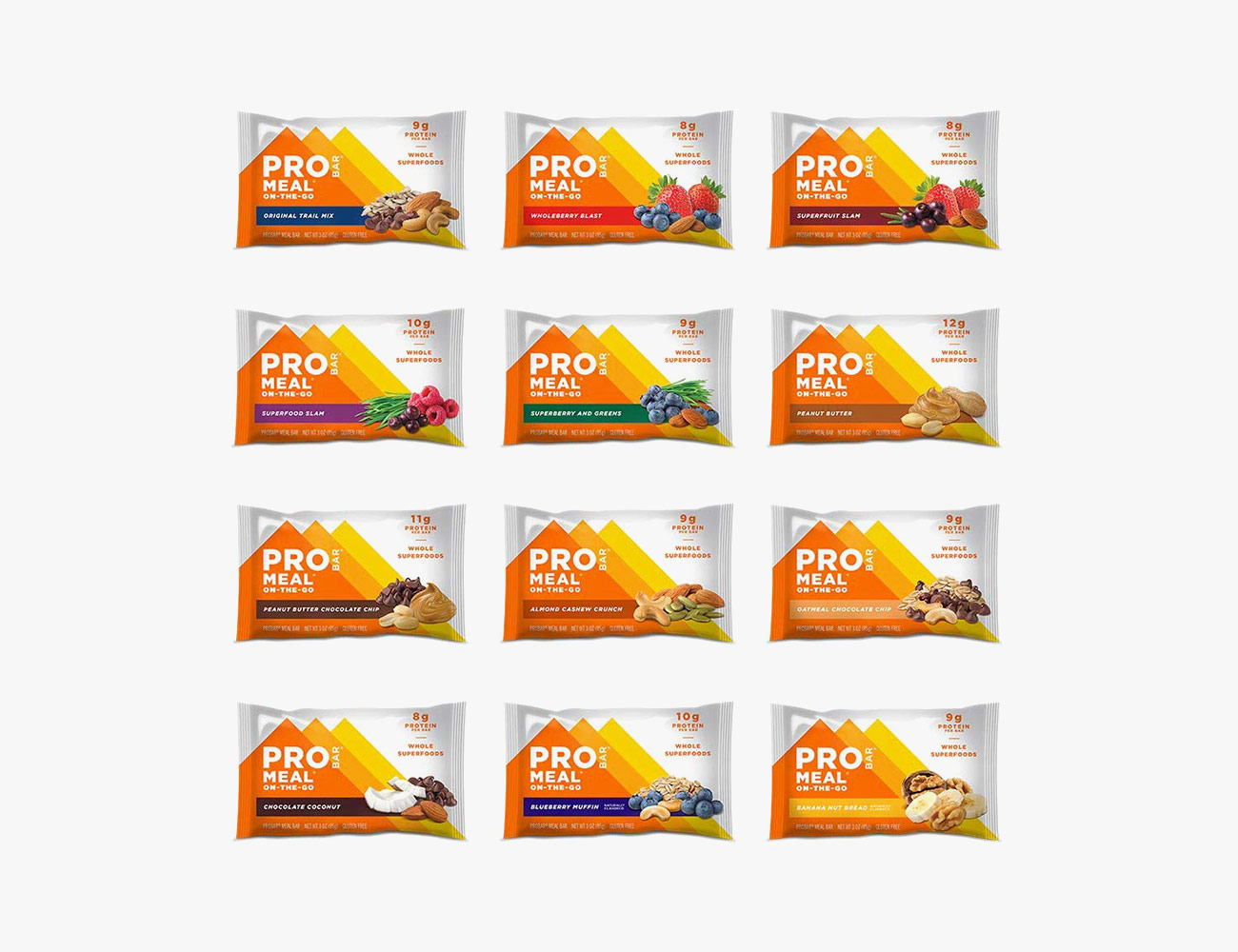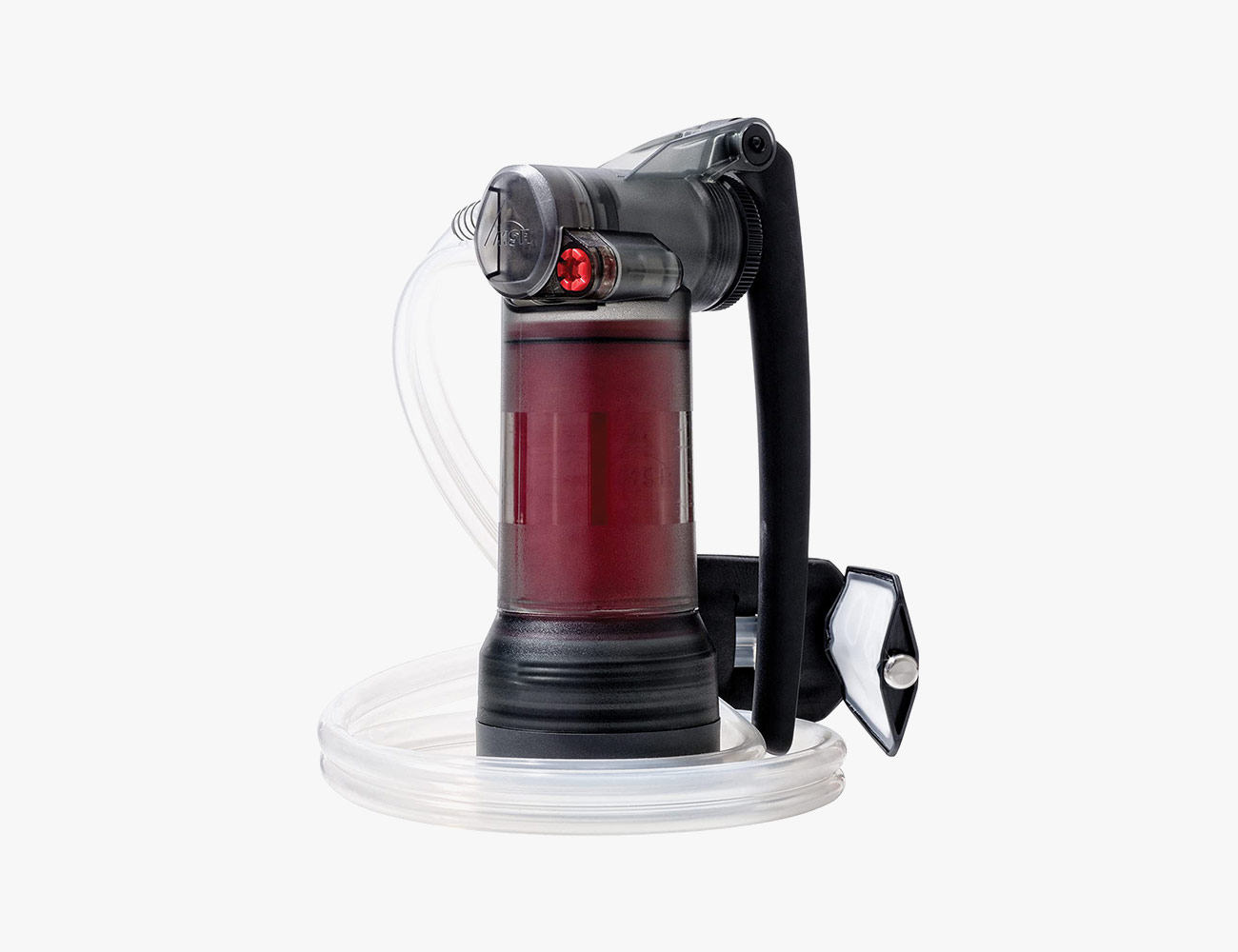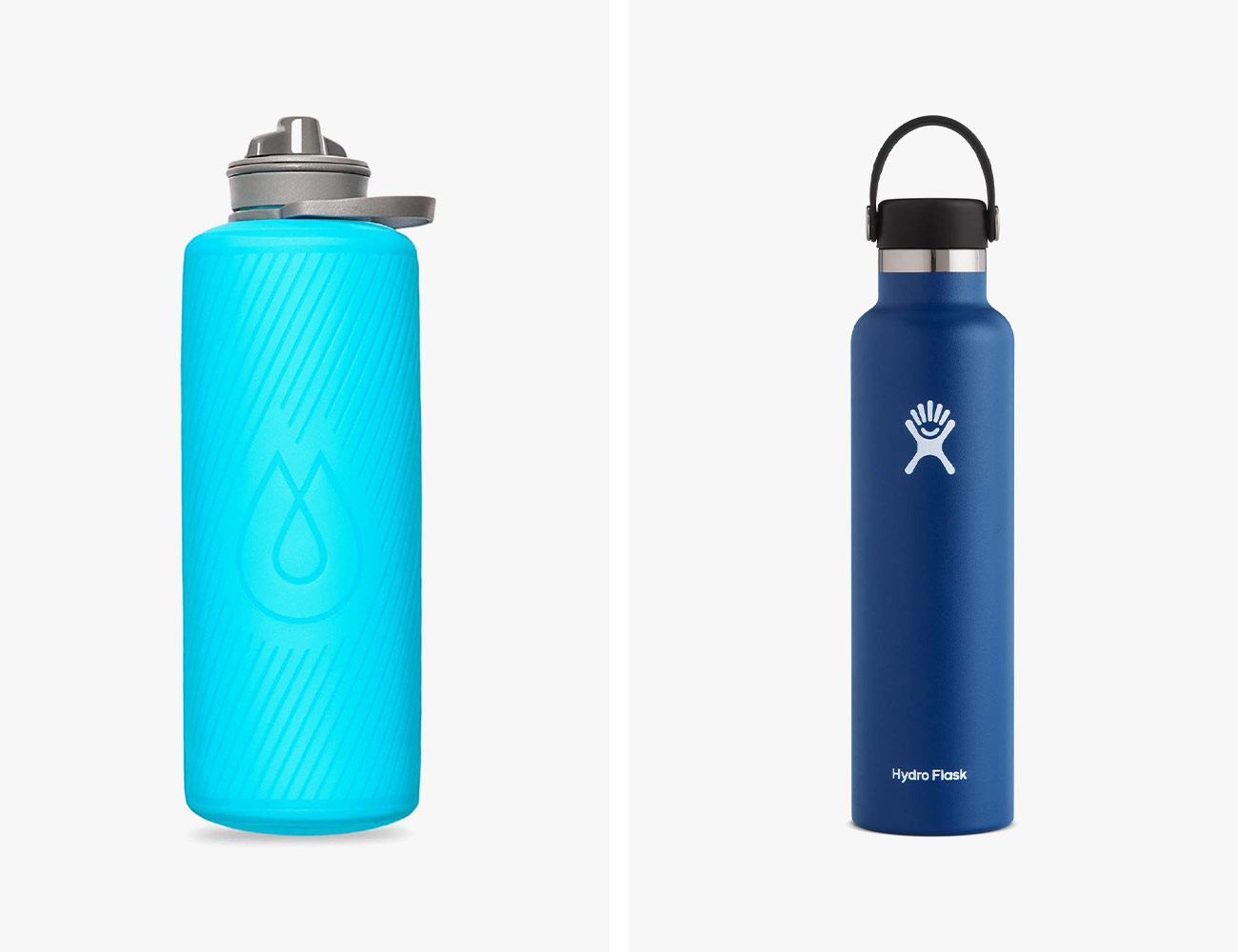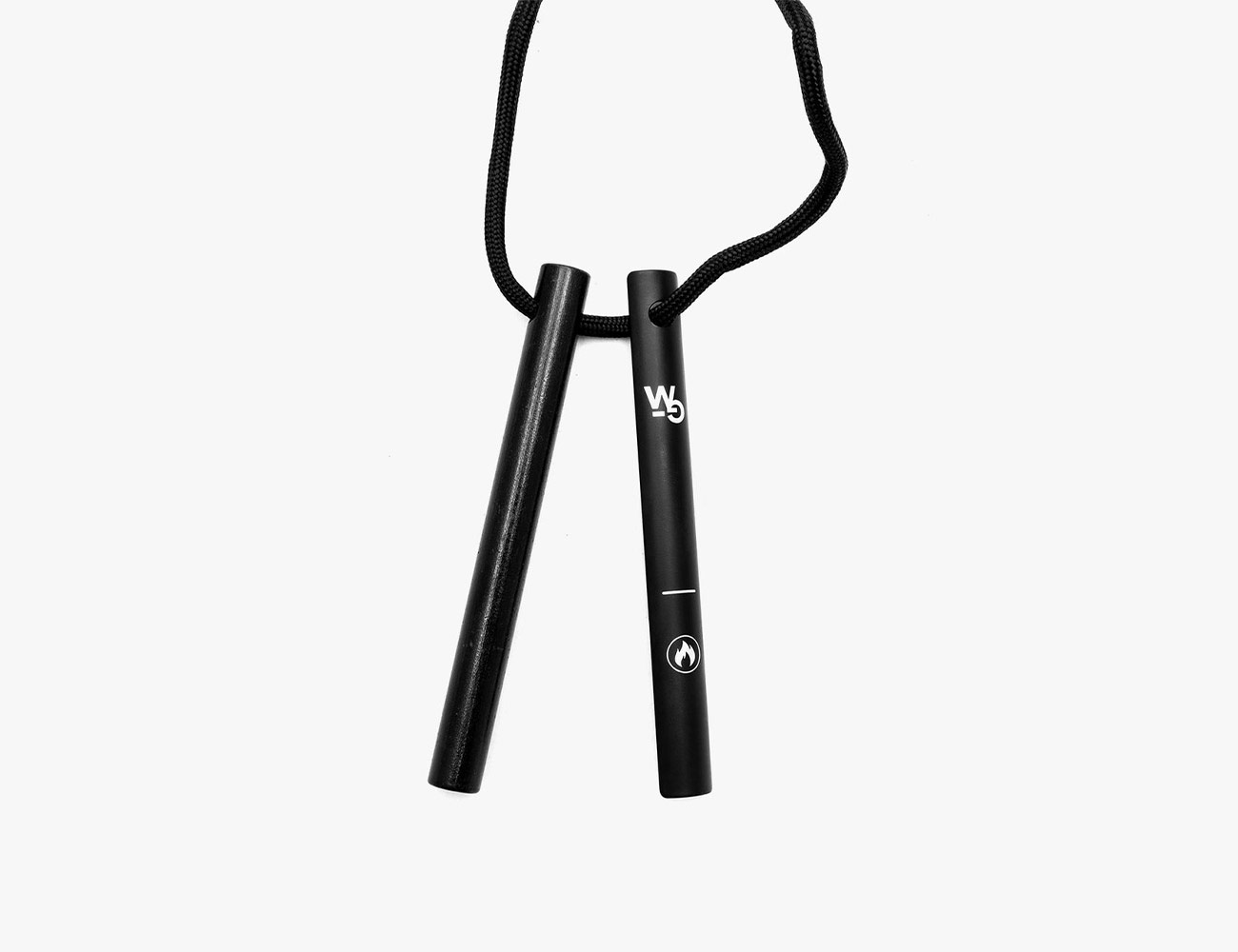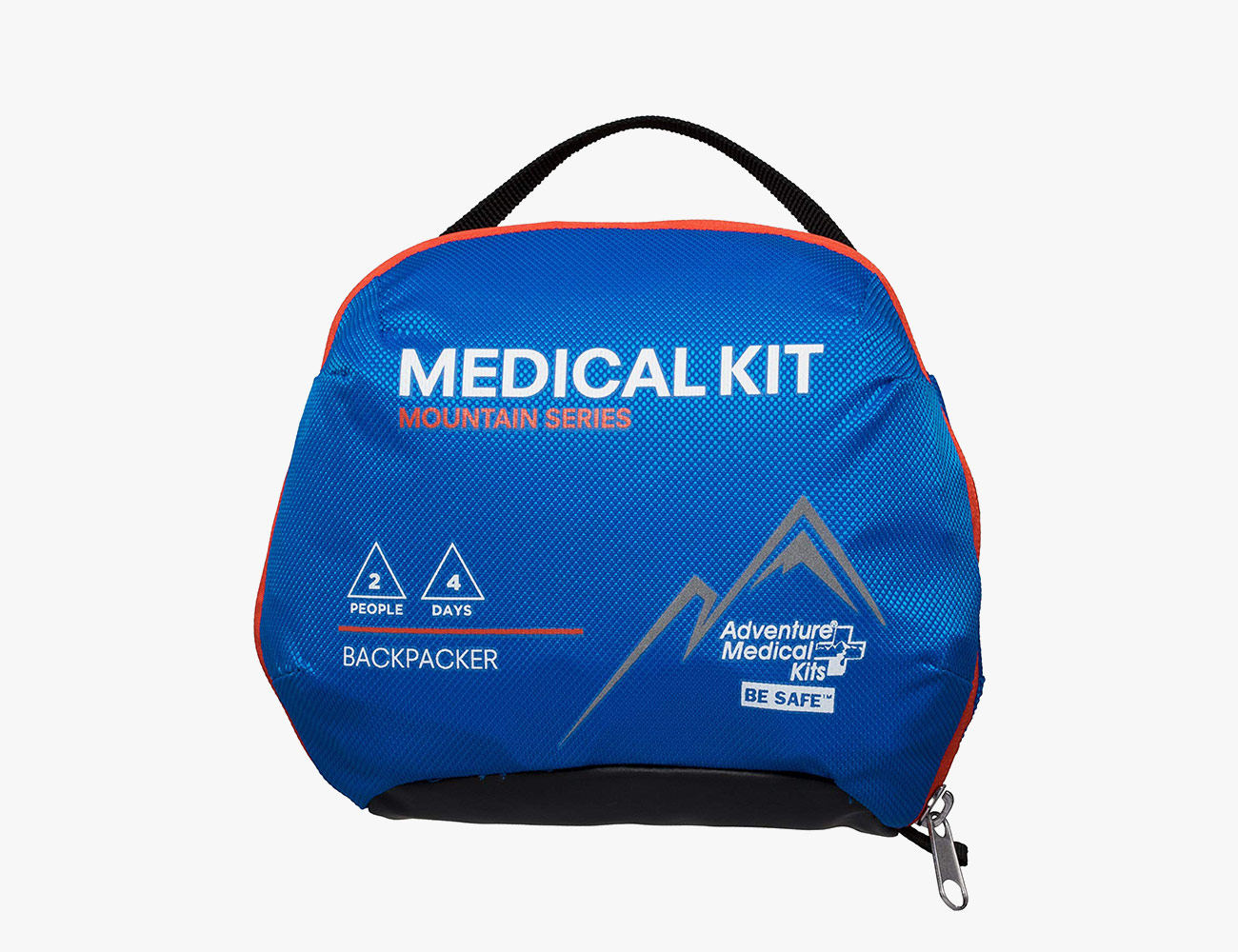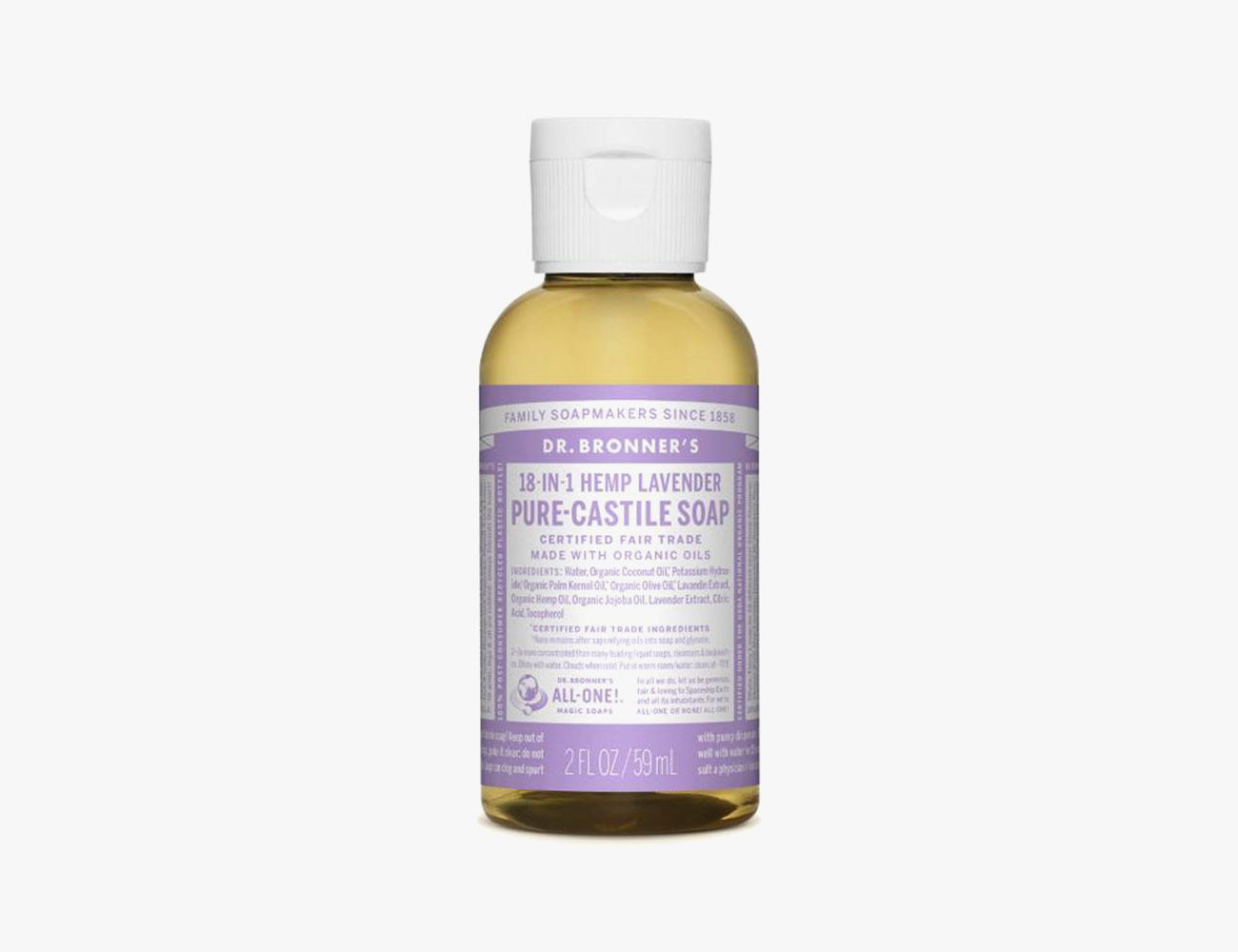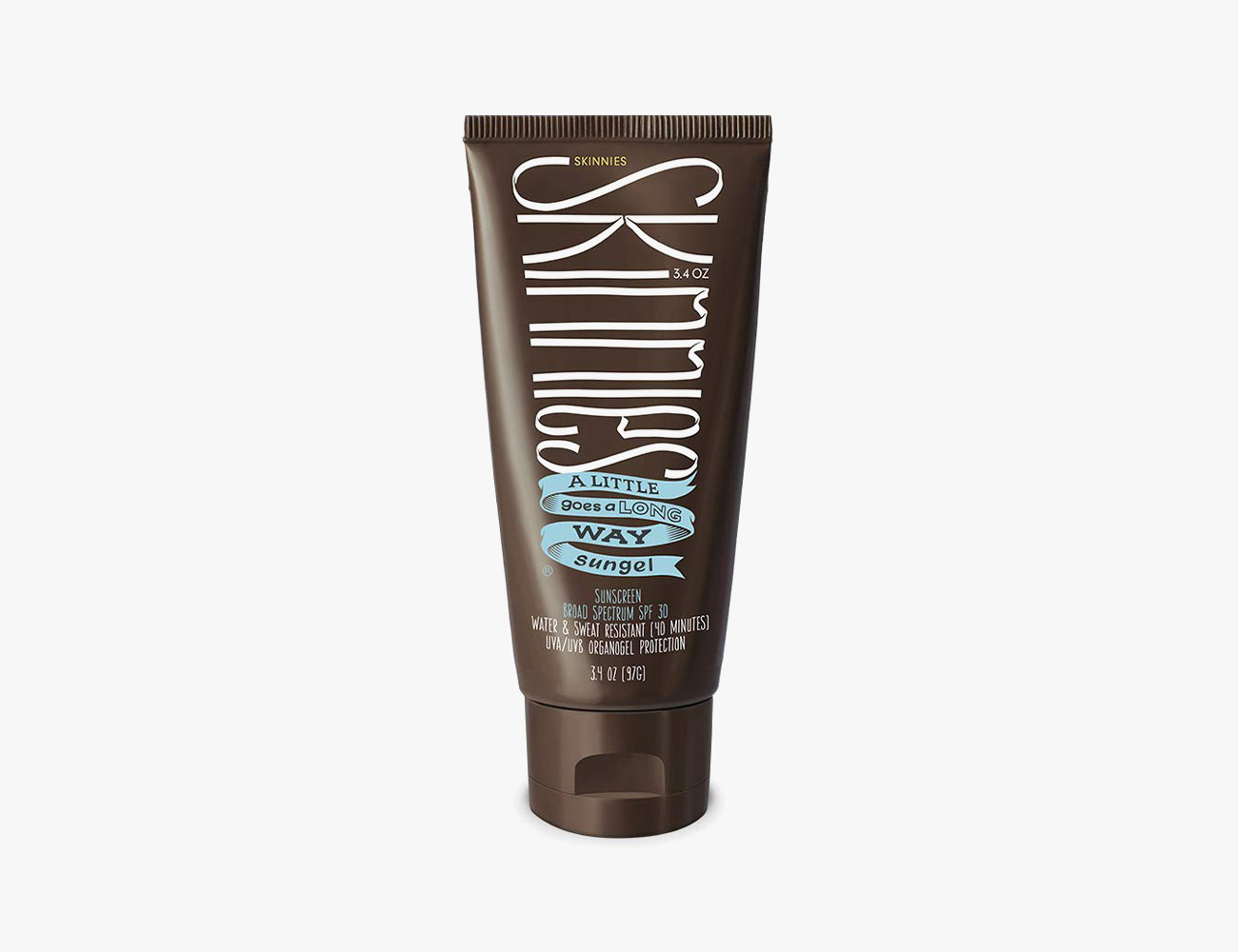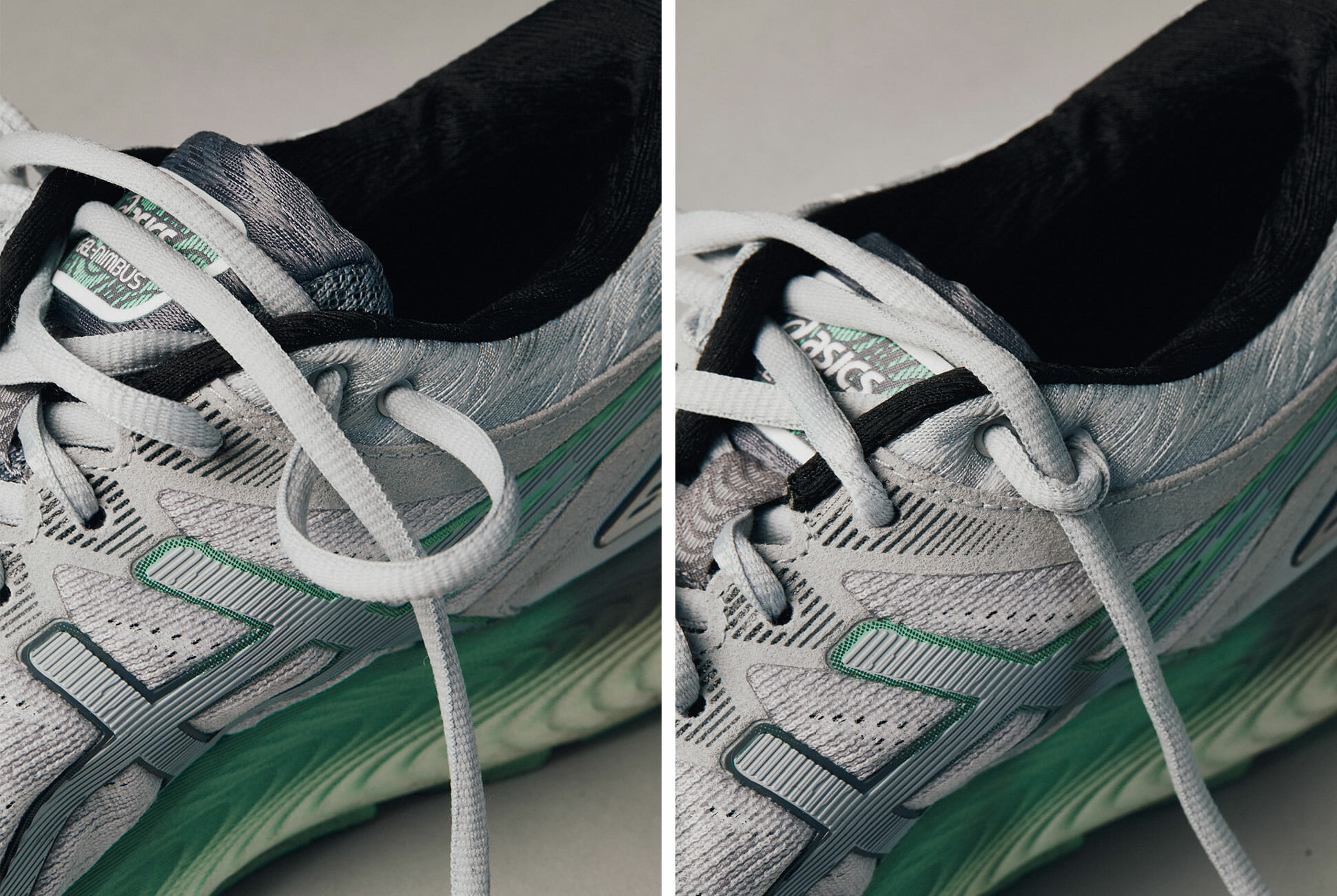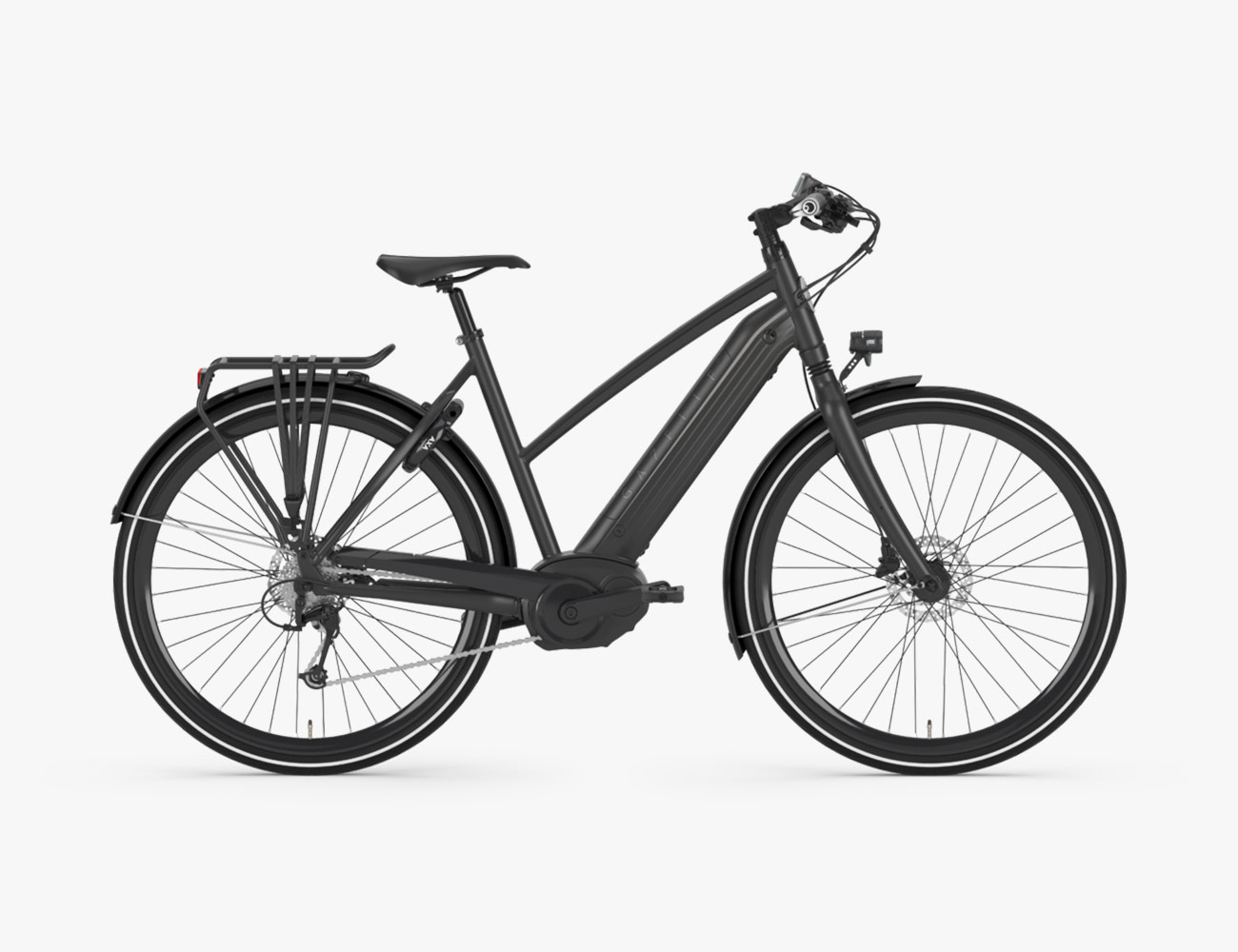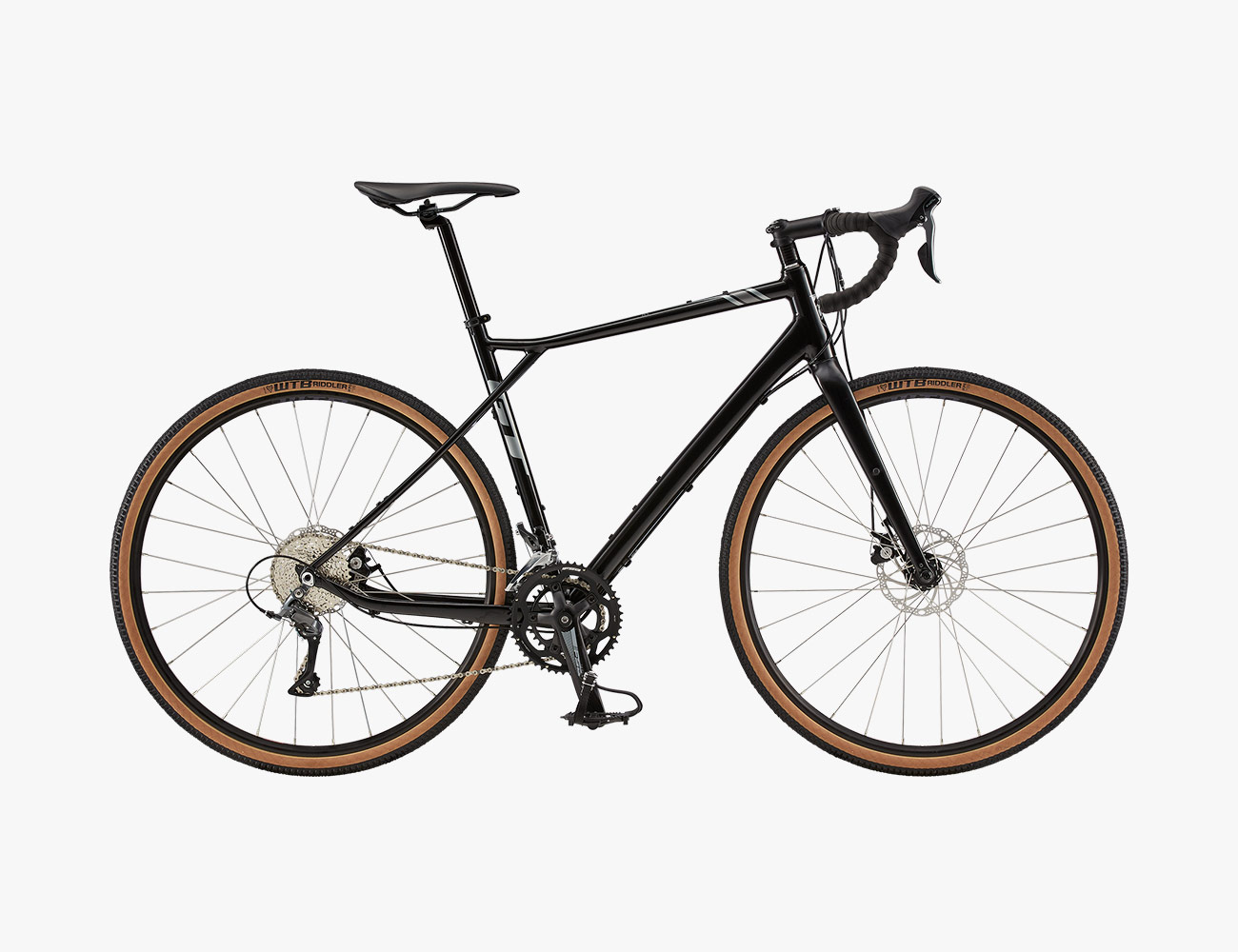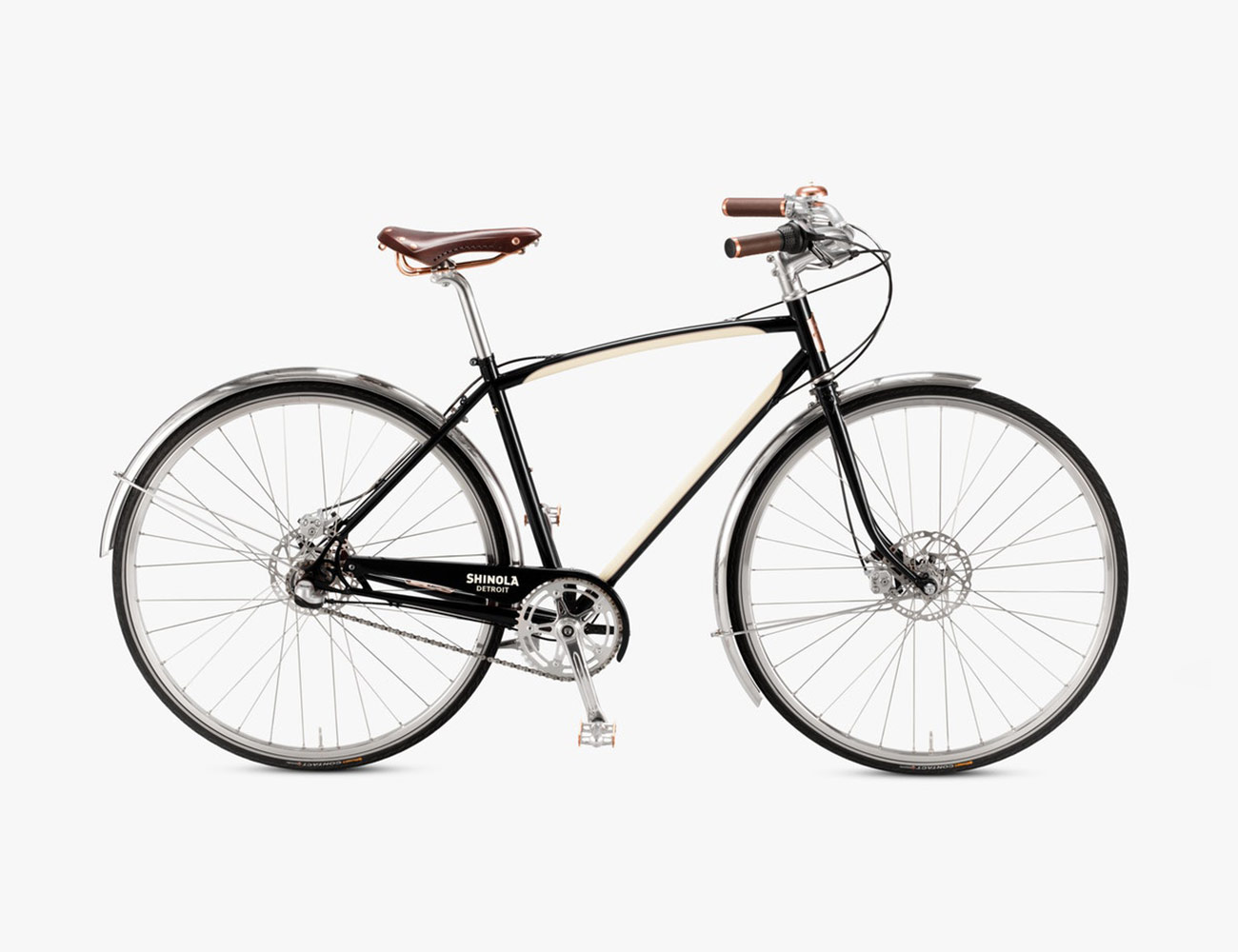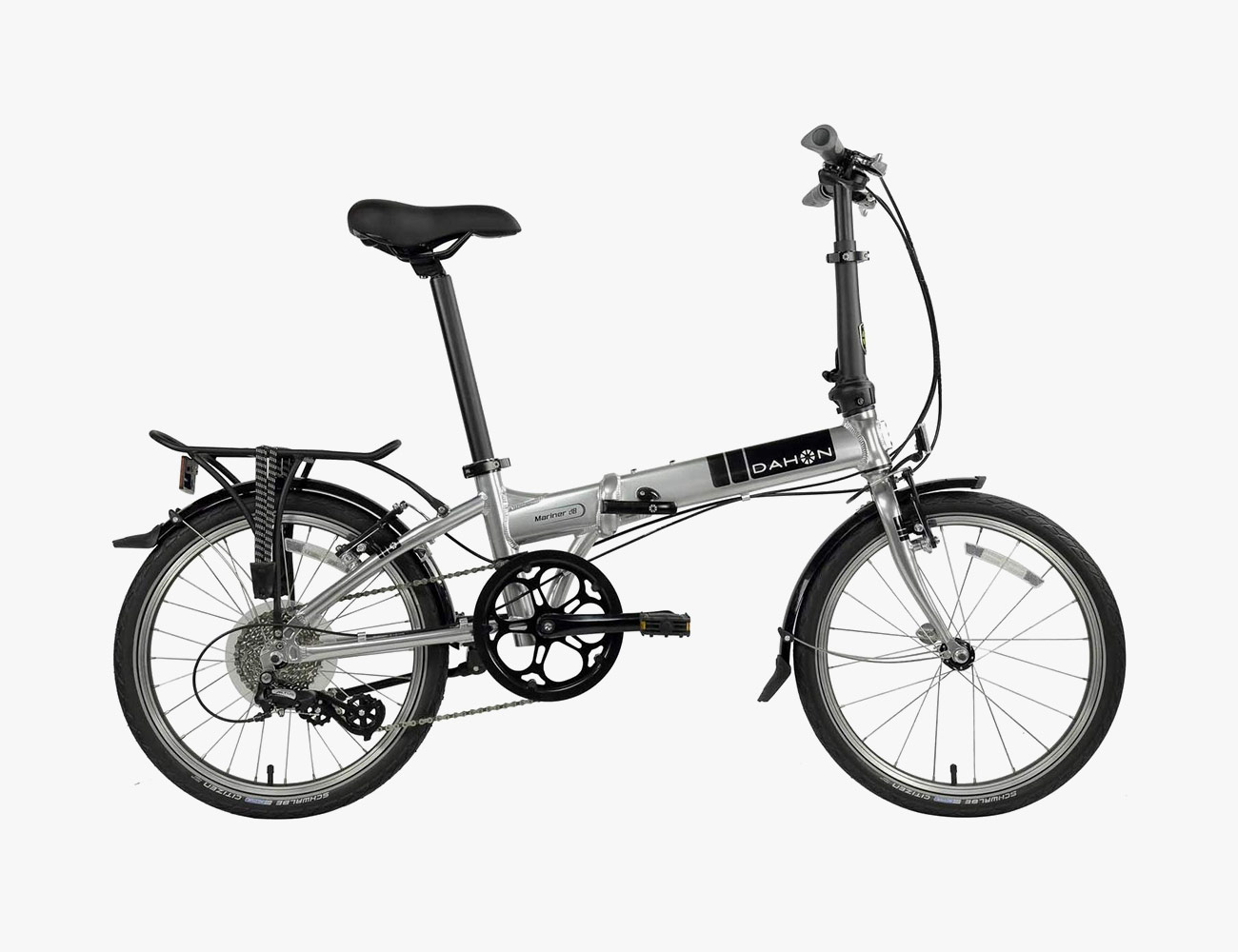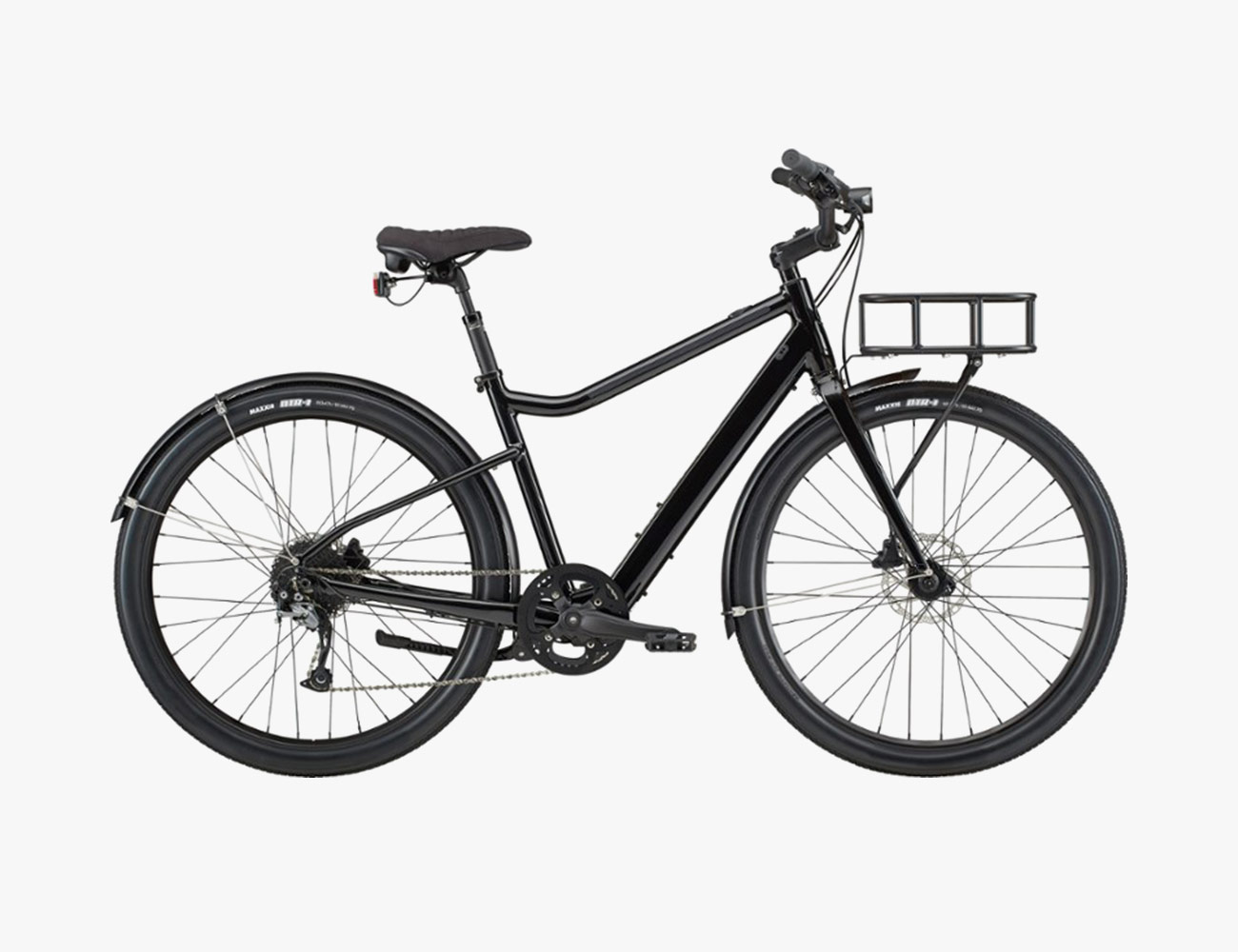Editor’s note: this story was originally published last Wednesday, March 18. Since then, the odds of the Olympics going forward as scheduled have only continued to worsen.
This morning, we learned that Prime Minister Shinzo Abe of Japan, which has invested more than 10 billion dollars to prepare for the Games, asked the International Olympic Committee to postpone until 2021, and IOC president Thomas Bach agreed “100 percent.”
The news comes on the heels of the U.S. Olympic and Paralympic Committee’s statement yesterday concluding that “it’s more clear than ever that the path toward postponement is the most promising, and we encourage the IOC to take all needed steps to ensure the Games can be conducted under safe and fair conditions for all competitors.”
This position is in line with the USA’s own swimming, track and gymnastics organizations, as well as national committees in Canada, Australia, Brazil, Germany and a number of other nations. It followed a poll of US Olympic hopefuls that found 68 percent did not believe holding the Olympics as planned would be “fair,” with the main reason being the interruption of training schedules all over the world.
The International Olympic Committee itself had stated as recently as Sunday that it would decide in four weeks whether to postpone the Games. Why so stubborn? According to the New York Times, nearly 75 percent of I.O.C. revenue comes from broadcast rights, about half of which comes from the American broadcaster, NBC. Nevertheless, the primary stakeholders concluded that a one-year postponement was the wisest move at this juncture.
With all that in mind, the FAQs below provide an illuminating window into how much things have changed in less than a week, while also addressing several extant concerns, including historical cancellations, the ramifications of moving or postponing the games and which athletes are most jeopardized by this morning’s news…
This summer, some 600,000 visitors and about 15,400 athletes are set to descend upon Tokyo for the 2020 Summer Olympic Games, which begin July 24. But with growing concerns over Coronavirus Disease 2019 (COVID-19), unprecedented shutdowns of schools, public gatherings and major sporting events all over the planet, many are questioning whether or not the Games will proceed as planned.
Currently, the International Olympic Committee (IOC) remains firm on their statement that the Tokyo Olympics will indeed take place. However, Japan’s close proximity to China (where the COVID-19 outbreak started), a postponement of volunteer training for the Games and calls from athletes to take action have put cracks in that position.
So even as we all face issues much bigger than sports, here’s what we know right now about the status of the Games and what a potential postponement or cancellation of the Olympics could look like.
Could the Olympics actually be canceled?
As of now, the IOC has confirmed that it is committed to the success of the Tokyo Games as planned and said in a statement that the group will “continue to follow the advice of the World Health Organization (WHO), as the leading United Nations agency on this topic.”
The New York Times reported that the Tokyo 2020 organizing committee stated that it was “not considering canceling” the Games and the latest statement from the group encourages athletes to continue preparing for them. At a recent news conference, IOC president Thomas Bach also said he did not have a ‘Plan B’ for the Olympics but in a letter to athletes he did concede that COVID-19 was “a major concern for all of all” and a “major subject of discussion” at the executive board meeting.
Olympic qualifying events have also already been postponed, moved or canceled.
Yesterday, after a conference call with both national Olympic committees and athletes to “take stock” of the actions that have been taken in response to the COVID-19 crisis, the IOC released an updated statement. It acknowledged that COVID-19 was indeed impacting preparation for the Games (including that cancellation of qualifying events) and that the situation was changing “day by day,” but the group also reiterated its commitment to hosting the Olympics as planned.
“The IOC remains fully committed to the Olympic Games Tokyo 2020, and with more than four months to go before the Games there is no need for any drastic decisions at this stage; and any speculation at this moment would be counter-productive,” the statement read, in part. The IOC also noted that it’s working to make adaptations to qualification systems, noting that some 43 percent of athletes have yet to qualify for the Games.
As for the economic effects of cancellation? It would leave billions of dollars on the table, with broadcast companies like NBC — which spent billions to secure the rights to the Games — hit really hard.
Ripple effects would extend to sponsors, including worldwide Olympic partners such as Coca-Cola, GE, Omega, Panasonic, Samsung and Toyota as well as Tokyo Olympic Gold Partners including Asahi, Asics and Canon, plus so many other companies that make equipment and apparel for athletes, from Adidas and Nike to Speedo and Wilson. The travel, hospitality and restaurant industries, to name a few, would of course be impacted as well.
Still, IOC board member and former Olympian Dick Pound told the AP that if it was decided that the Games could not take place as scheduled, “you’re probably looking at a cancellation.”
Have they been canceled before?
Yep. Five times in fact — in 1916, 1940 and 1944 because of the world wars. Those Games were set to take place in Berlin (1916), Tokyo (1940, summer), Sapporo, Japan (1940, winter), London (1944, summer), and Cortina d’Ampezzo, Italy (1944, winter).

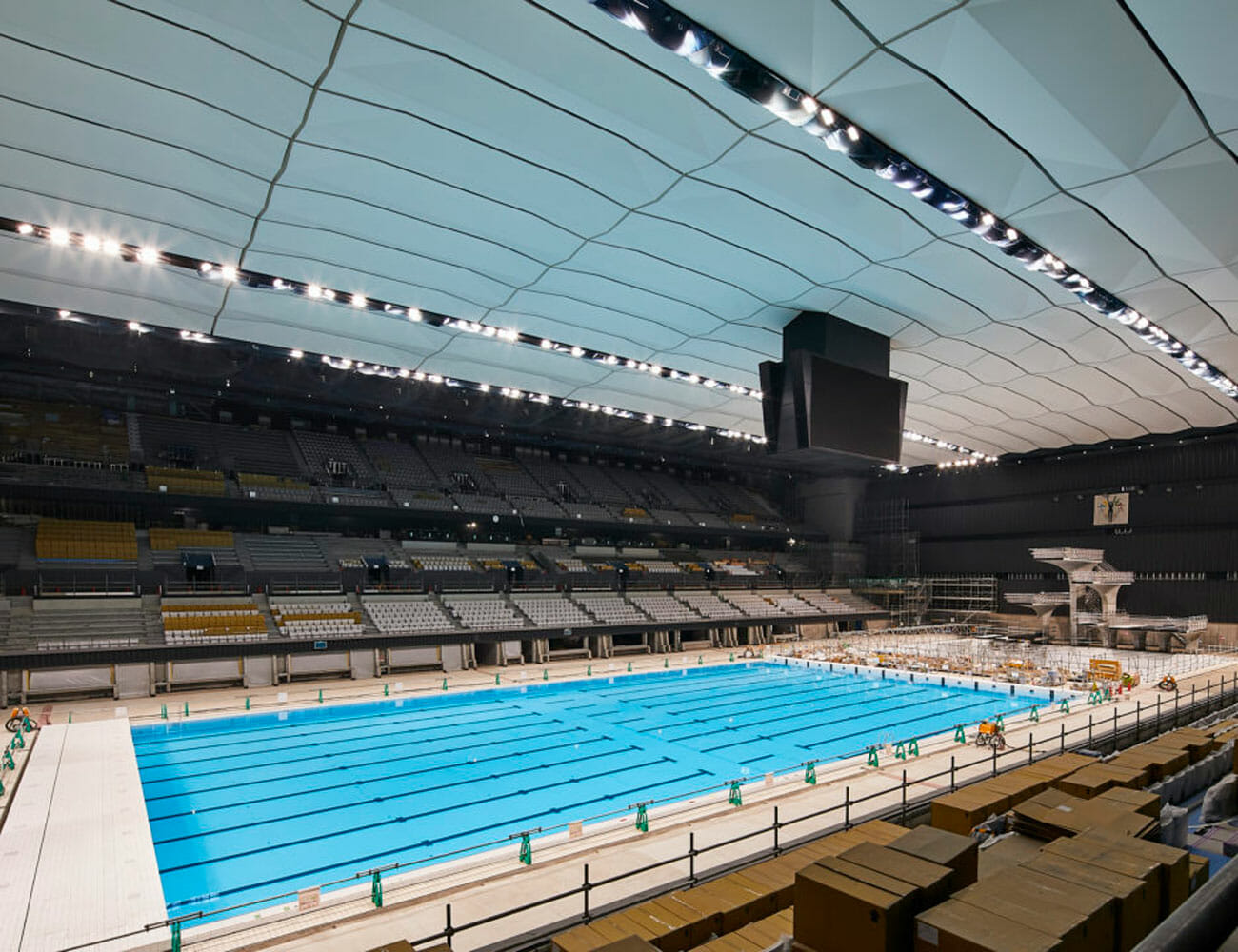
The empty Tokyo Olympics Aquatic Center.
Why not just move them to a different location?
Well, there’s been some talk about that. London (which hosted the Games in 2012) has even offered if the “unlikely” opportunity presented itself. But there are big questions about whether another city could even pull off an event as big as the Olympics in just four months’ time.
And another location isn’t likely the ideal solution anyway. “COVID-19 is a serious global issue and if it continues to spread at the rate it is today, it will be nearly impossible to host such a massive event anywhere without greatly increasing risks for infection,” explains Robert Quigley, M.D., a senior vice president and regional medical director for the medical and travel security services firm International SOS.
Or postpone them?
Last week, Seiko Hashimoto, Japan’s Olympics Minister, dismissed that suggestion but one member of the IOC’s executive board did tell Reuters that a one- to two-year delay of the Olympics would be ‘most feasible’ if they didn’t take place this summer. (To complicate things further, that statement was also refuted by Yoshiro Mori, Tokyo 2020 Olympics chief, who said, “we are not at all thinking about changing courses or plans.”)
One poll conducted by Japanese news outlet Kyodo News found that 60 percent of Japanese people were in favor of delaying the Olympics. But postponement isn’t all that easy. Pound, for one, told the AP: “You just don’t postpone something on the size and scale of the Olympics. There’s so many moving parts, so many countries and different seasons, and competitive seasons, and television seasons. You can’t just say, `We’ll do it in October.’ ”
Of course, given the scale of the problem that COVID-19 presents and the events that have already been affected, others argue that the Olympics will inevitably be affected in some way. “COVID-19 will likely impact this year’s Olympics in Tokyo to some capacity, as putting a large number of people (athletes and visitors) from different locations with different healthcare systems together creates the perfect storm to further spread the virus,” says Dr. Quiqley.
And while there’s been some chatter about the possibility of holding the Games but doing so without spectators, not everyone thinks such a move would be likely. “Virtually every league from around the world has concluded that they need to protect the spectators and the participants,” says John Brenkus, creator and host of ESPN’s Sports Science. “I doubt the Olympics will go on unless there is a live audience able to attend.”
What steps are the organizers taking right now to ensure things go smoothly?
For one, organizers have set up a task force to work with public health experts regarding the COVID-19 pandemic. The group says, “we remain in close contact with the World Health Organization, the host city of Tokyo, the government of Japan and the Tokyo 2020 Organising Committee through our joint task force, which was set up in mid-February.”
The group also has an advice page for athletes regarding the COVID-19 outbreak.
![]()

The empty Tokyo Olympic Stadium.
By when do they have to make a call?
Hard to say, but some reports indicate that if things are going to be altered or cancelled, it would happen about two to three months out, so likely by May.
“The biggest issue is that all the Olympic trials for each country have either just started or are about to start,” says Brenkus. “Since most of the world has shut down, no sporting events are taking place, so it’s going to be very difficult to field official teams from each country.”
Which athletes would be the most jeopardized if the Games got canceled?
Gymnasts are high on the list, since most athletes are retired by the time they are in their early 20s, says Brenkus.
Track and field athletes typically also earn most of their prize and sponsorship money through participating in competitions (with the Olympics being one of the bigger, if not the biggest, opportunity to make money).
But athletes and teams that still have qualifying events ahead of them are also at risk. Baseball’s final qualifying event has already been postponed from April to June.
Baseball and softball as well as karate, skateboarding, sports climbing, and surfing are also new to the Games (or returning after absence). If the Games are cancelled, these athletes lose a prime shot to perform on the world stage, elevating their sport and names.
But ultimately, a cancellation of the Games would be devastating for all athletes, no matter the sport.
Any other big summer sporting events at risk?
In short, everything’s at risk.
Already, many public sporting events across the world are suspended, postponed, or cancelled due to COVID-19 including March Madness, MLB, the NHL, the NBA, the ATP, NASCAR, some PGA Tour events, the Kentucky Derby, European soccer leagues, the Champions League and the Euro 2020 tournament, the Giro d’Italia cycling race and more. Even the UFC, which had seemed determined to keep rolling, recently announced the postponement of its next three events.
Anything I can do?
On the sports front, just watch (Chariots of Fire??) and wait. There should be more updates coming soon, but since the IOC remains committed to the Games, information regarding tickets refunds and other issues remains TBD.
As for general COVID-19 safety measures: frequent hand washing, avoiding touching your eyes, nose and mouth, keeping social distance of about six feet from others and keeping your environment clean are critical.
Note: Purchasing products through our links may earn us a portion of the sale, which supports our editorial team’s mission. Learn more here.








